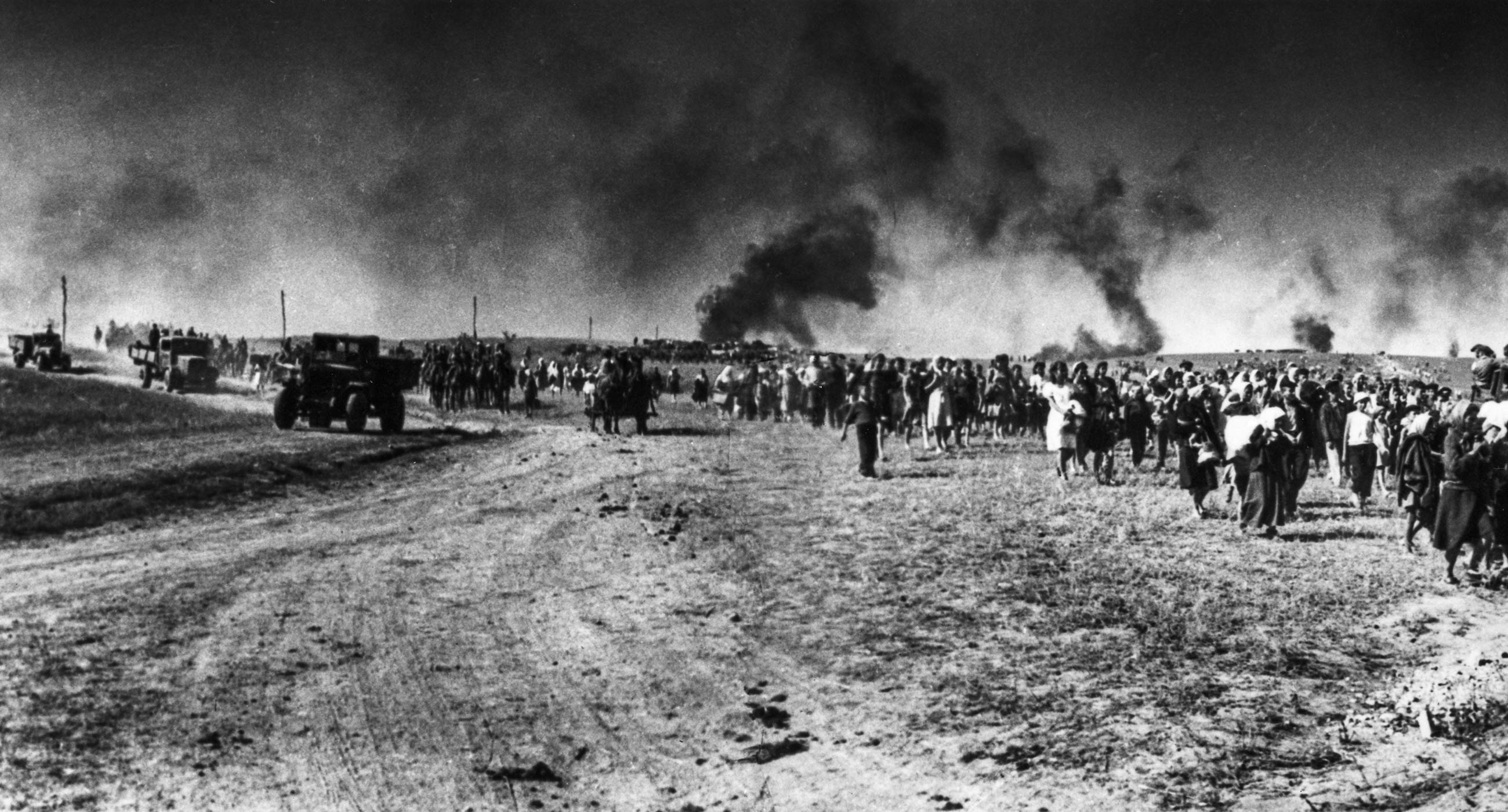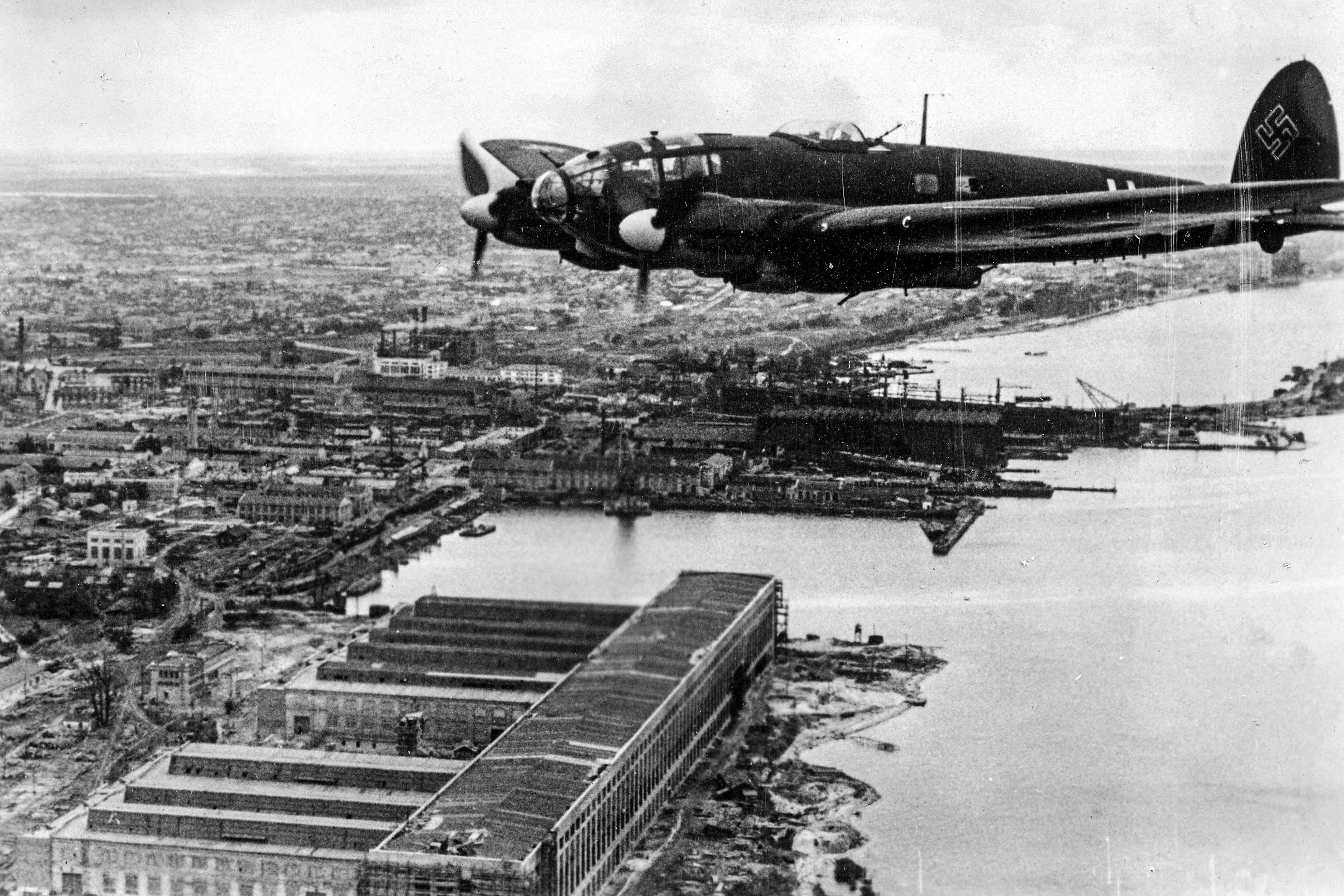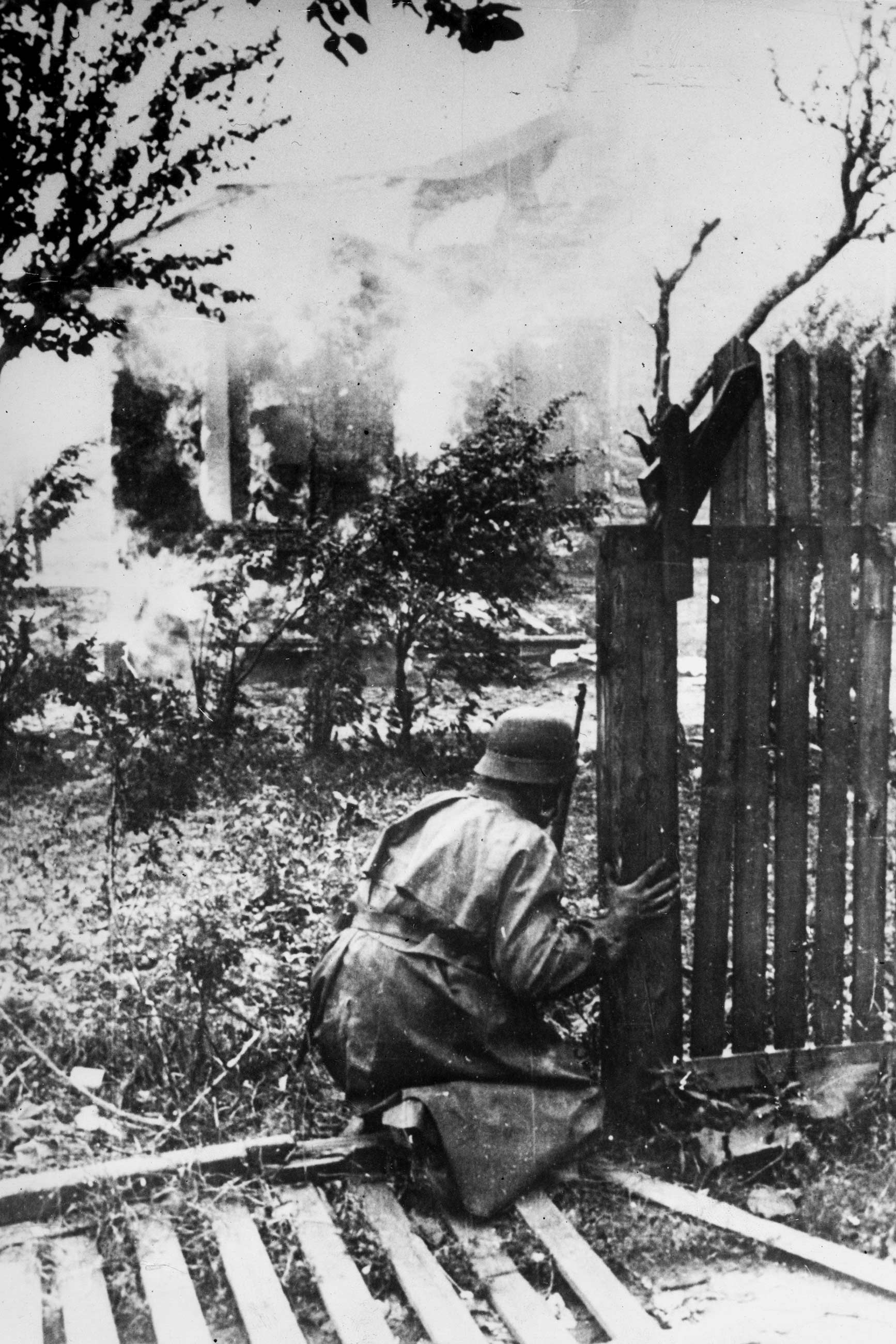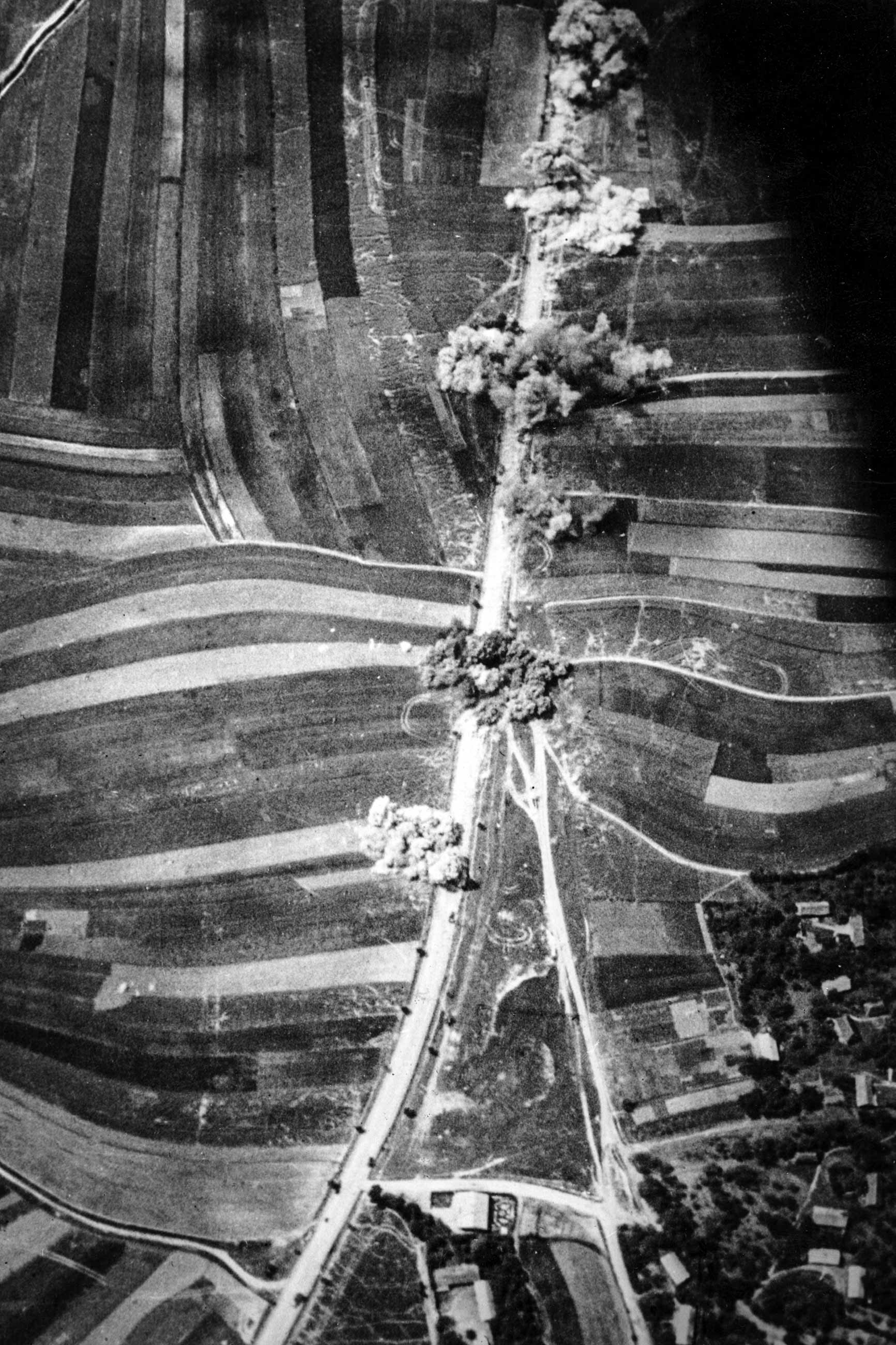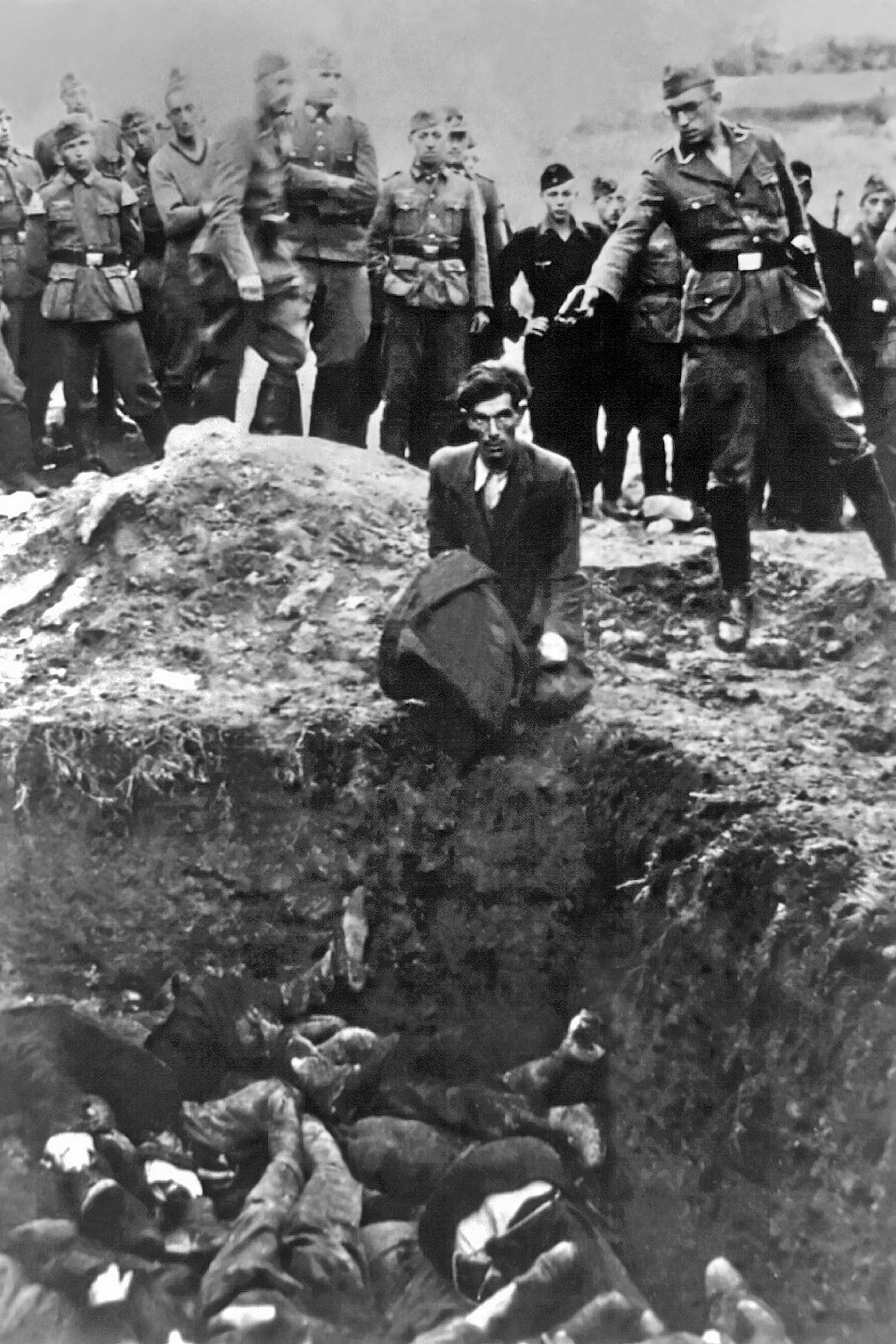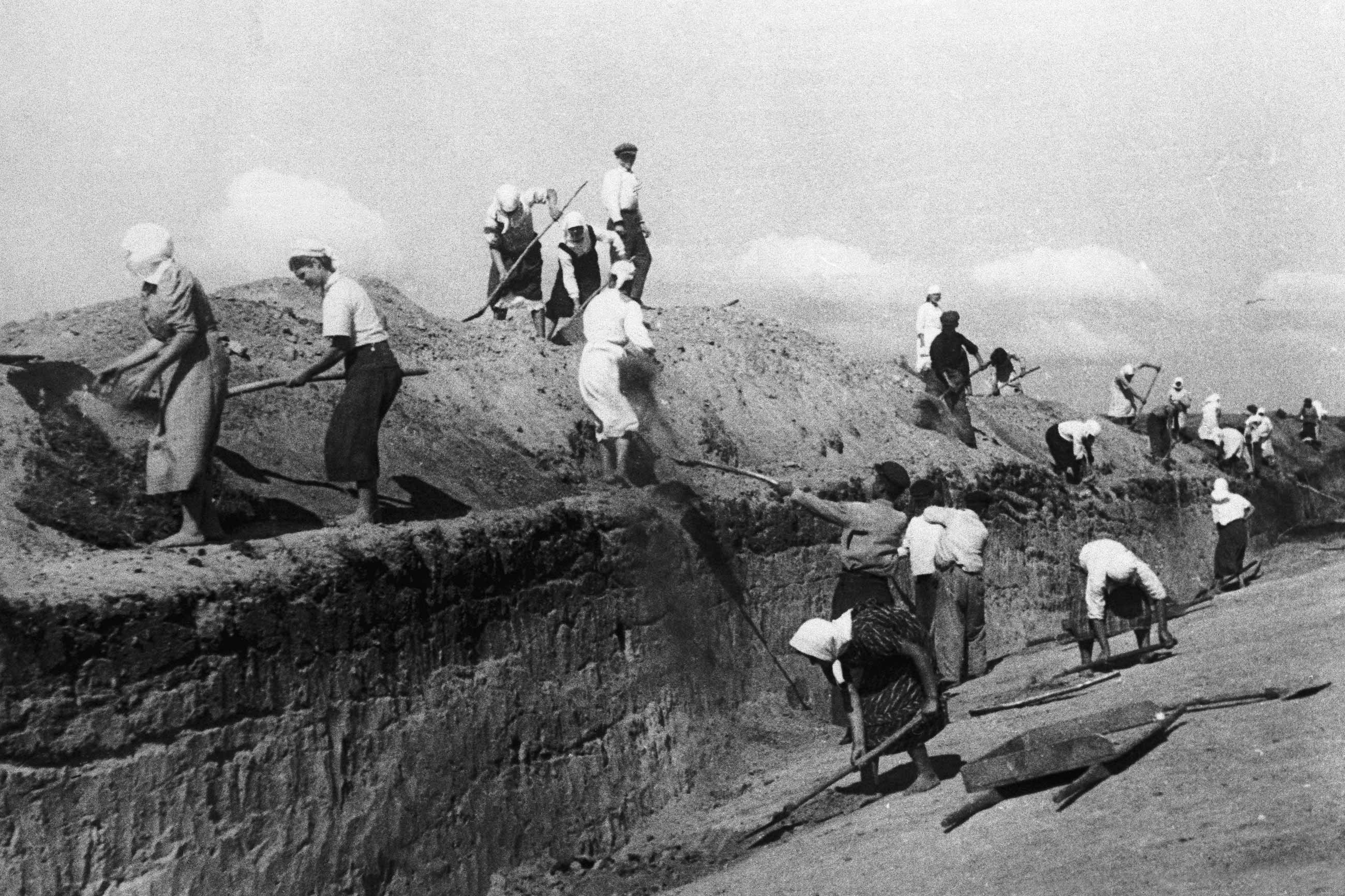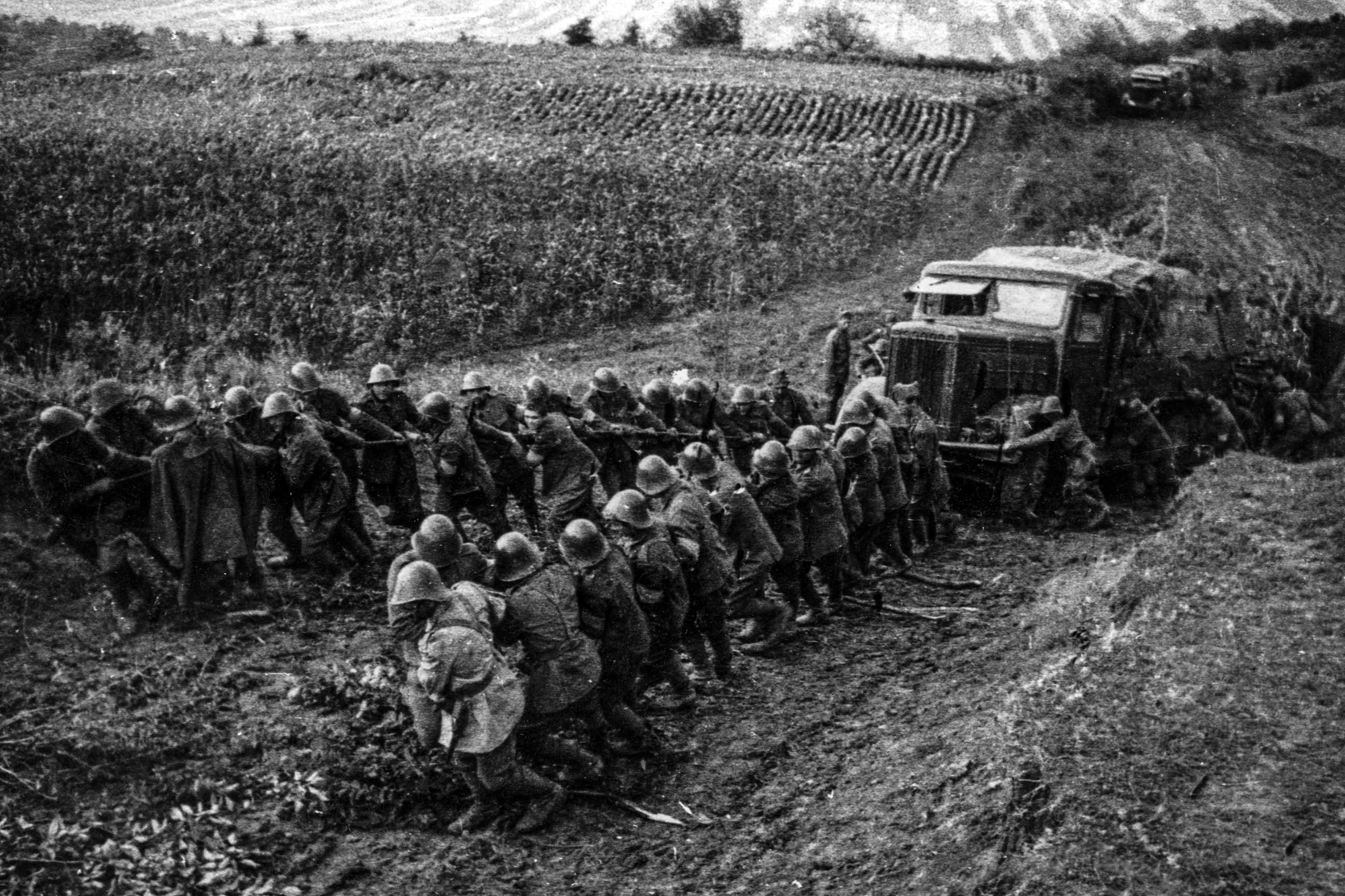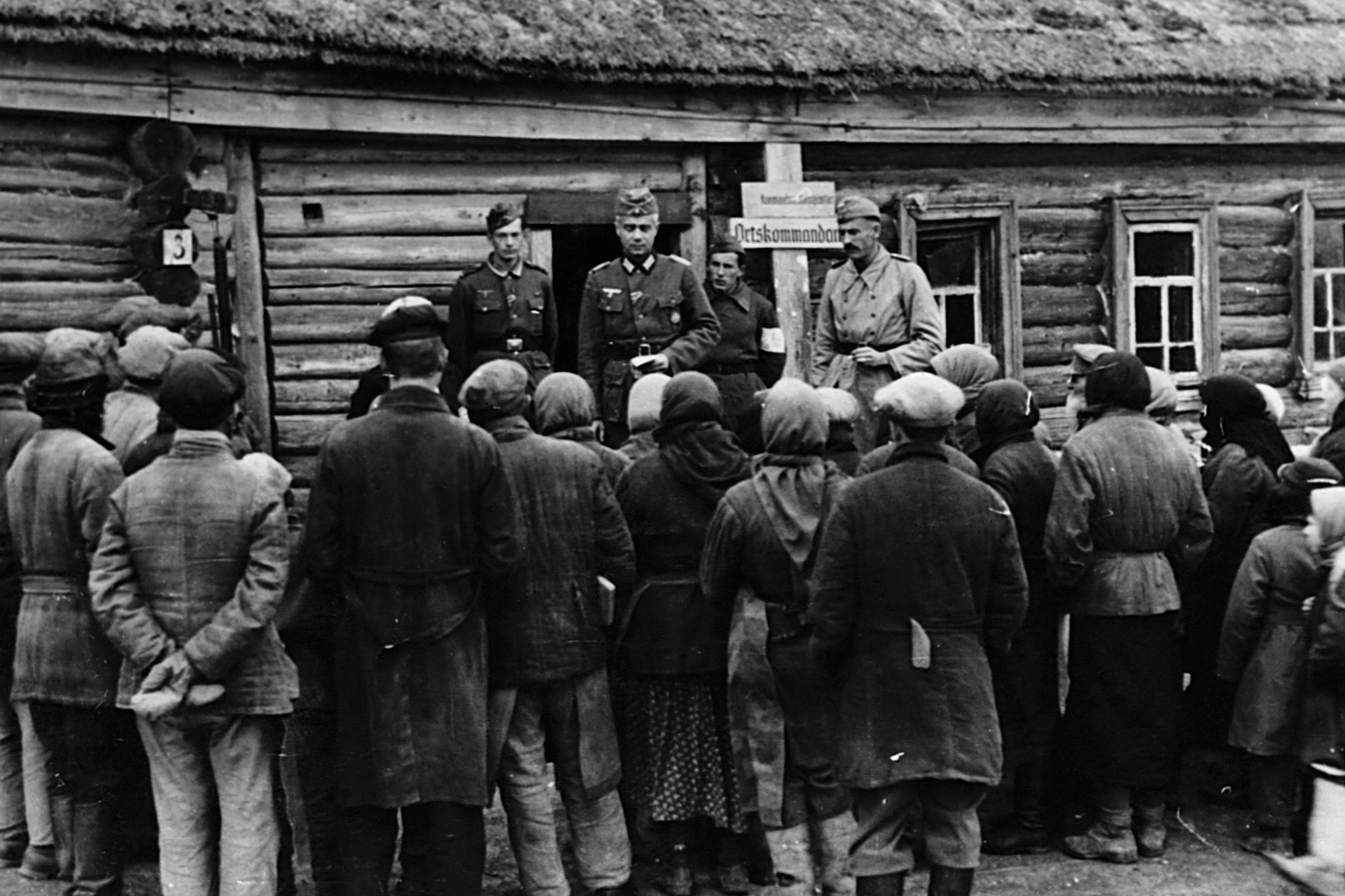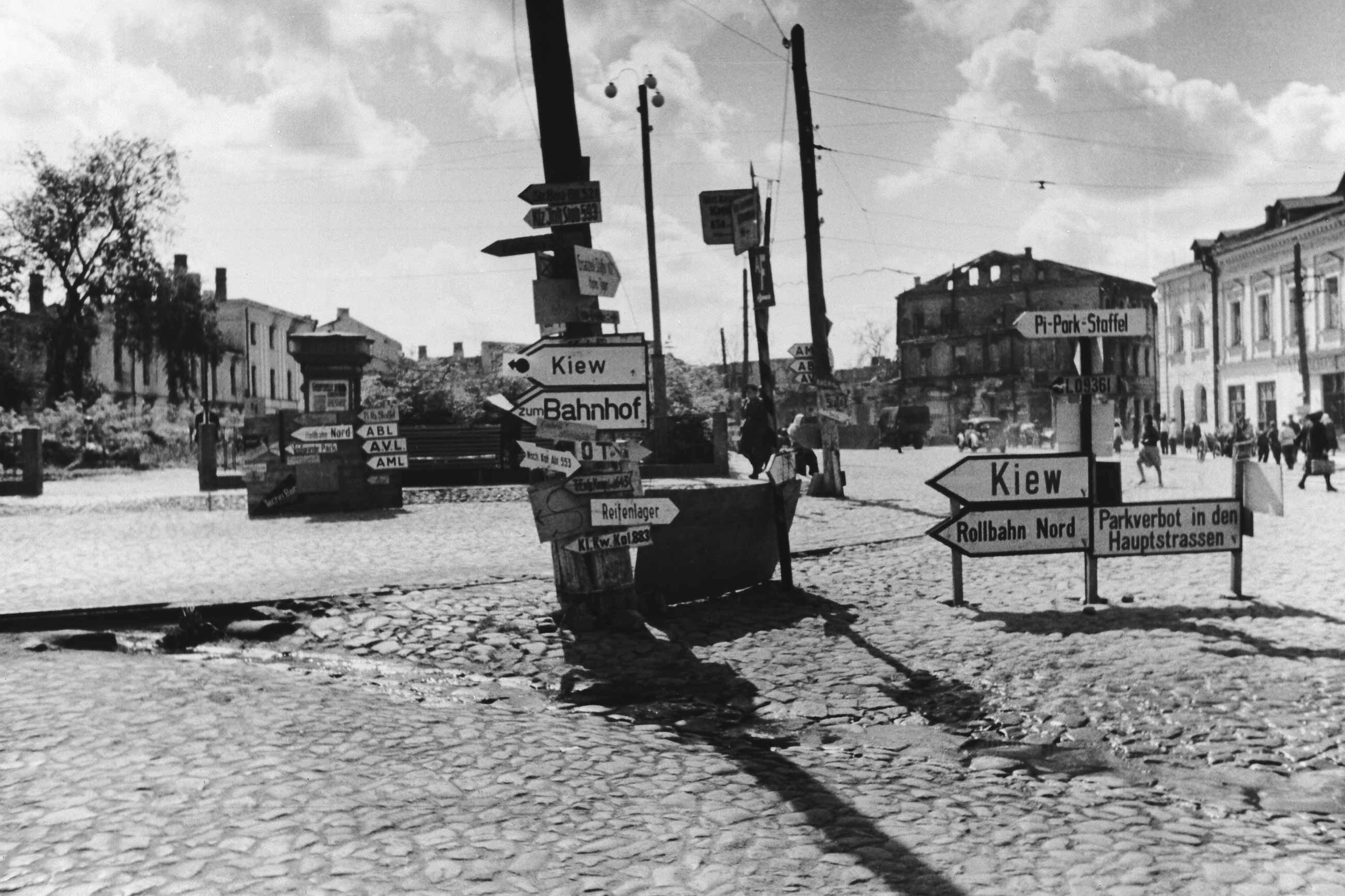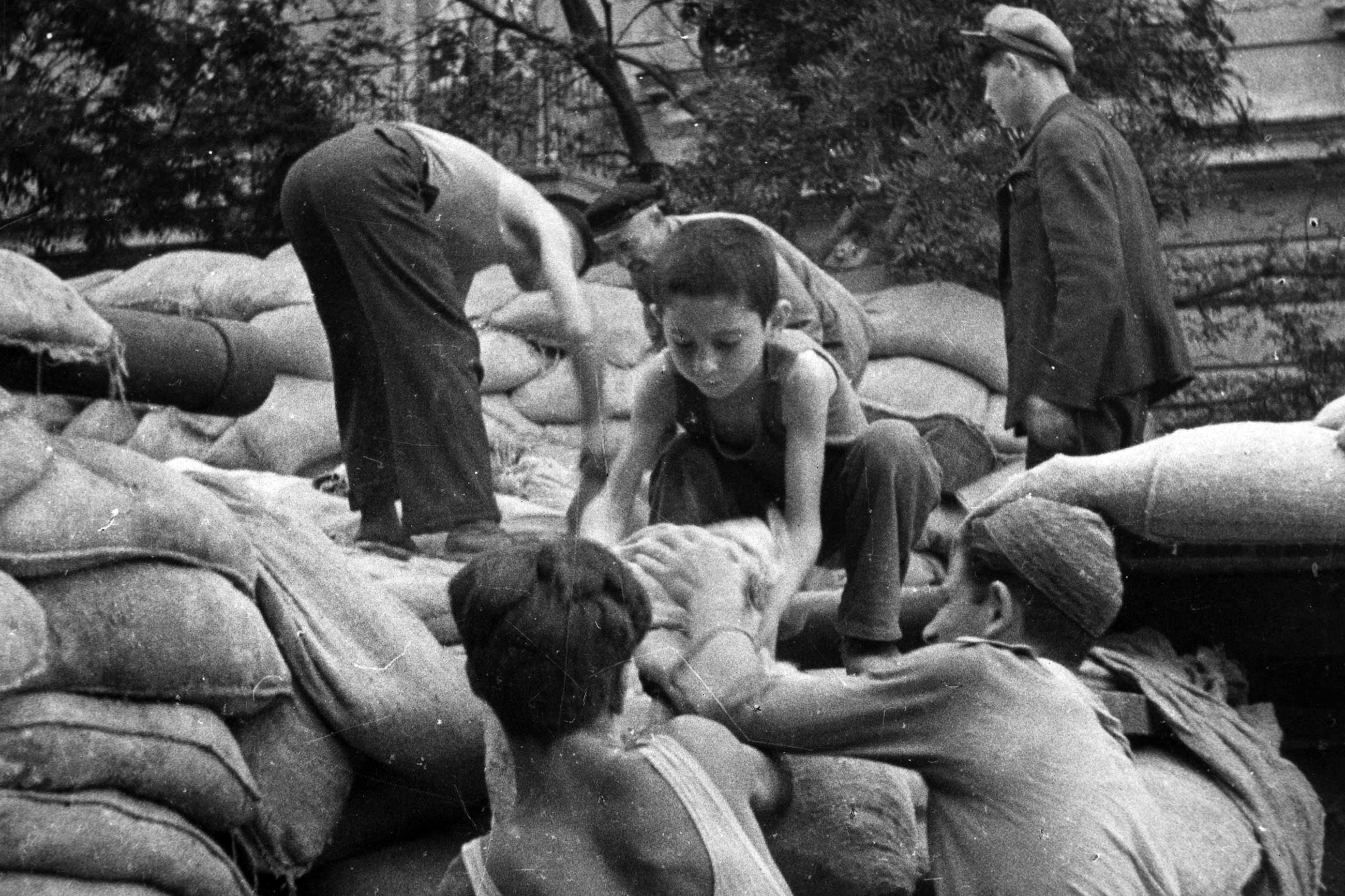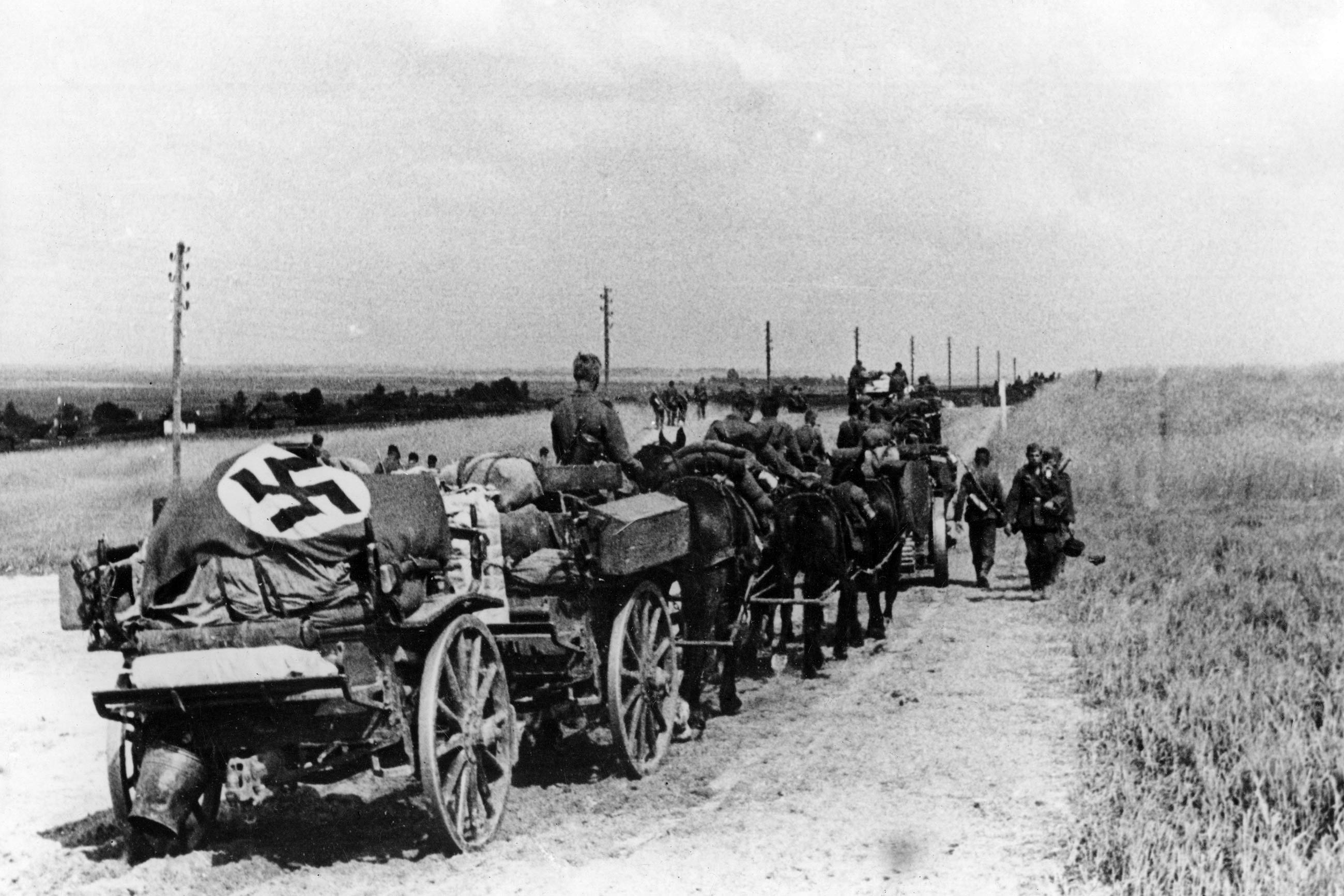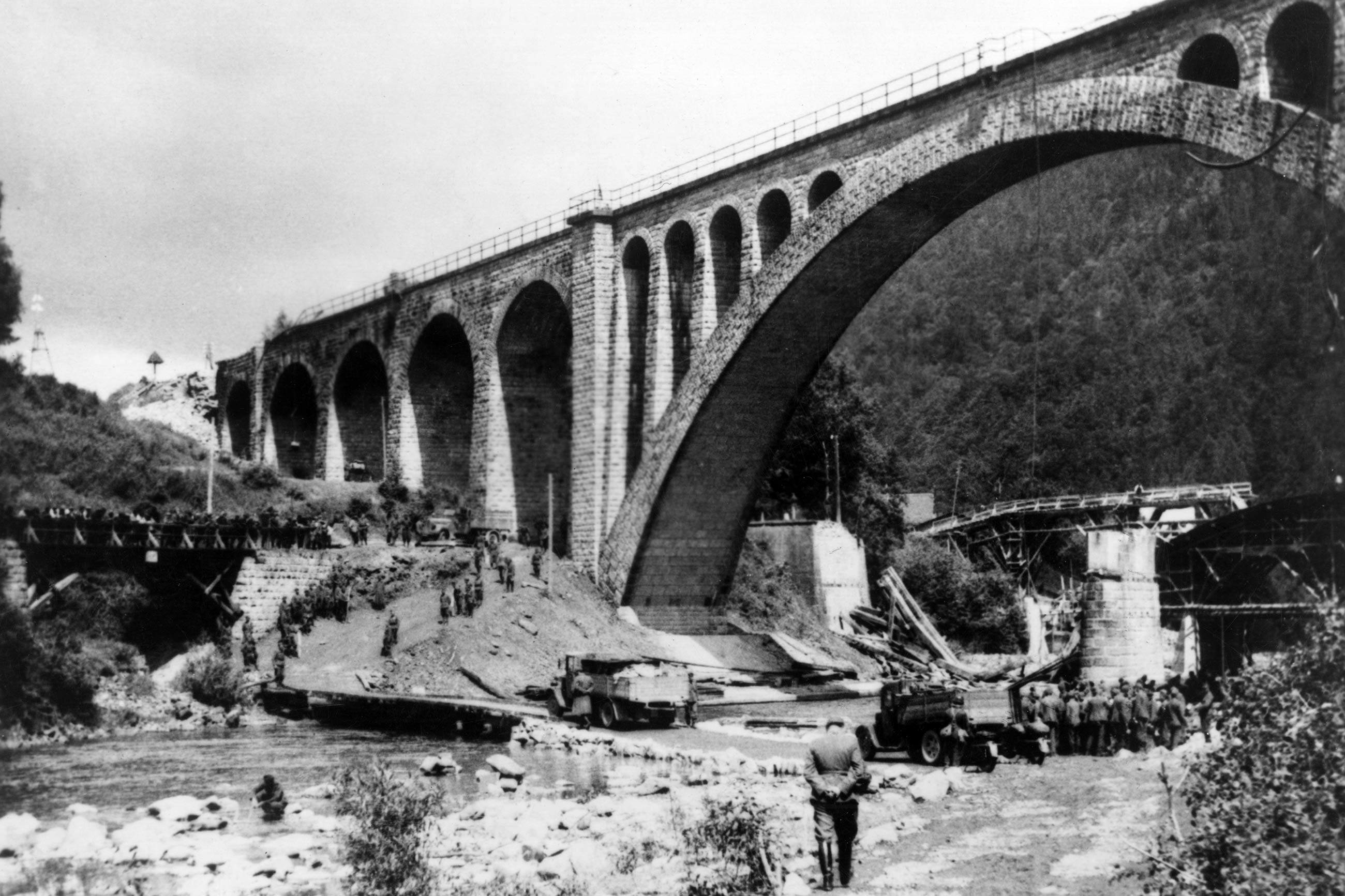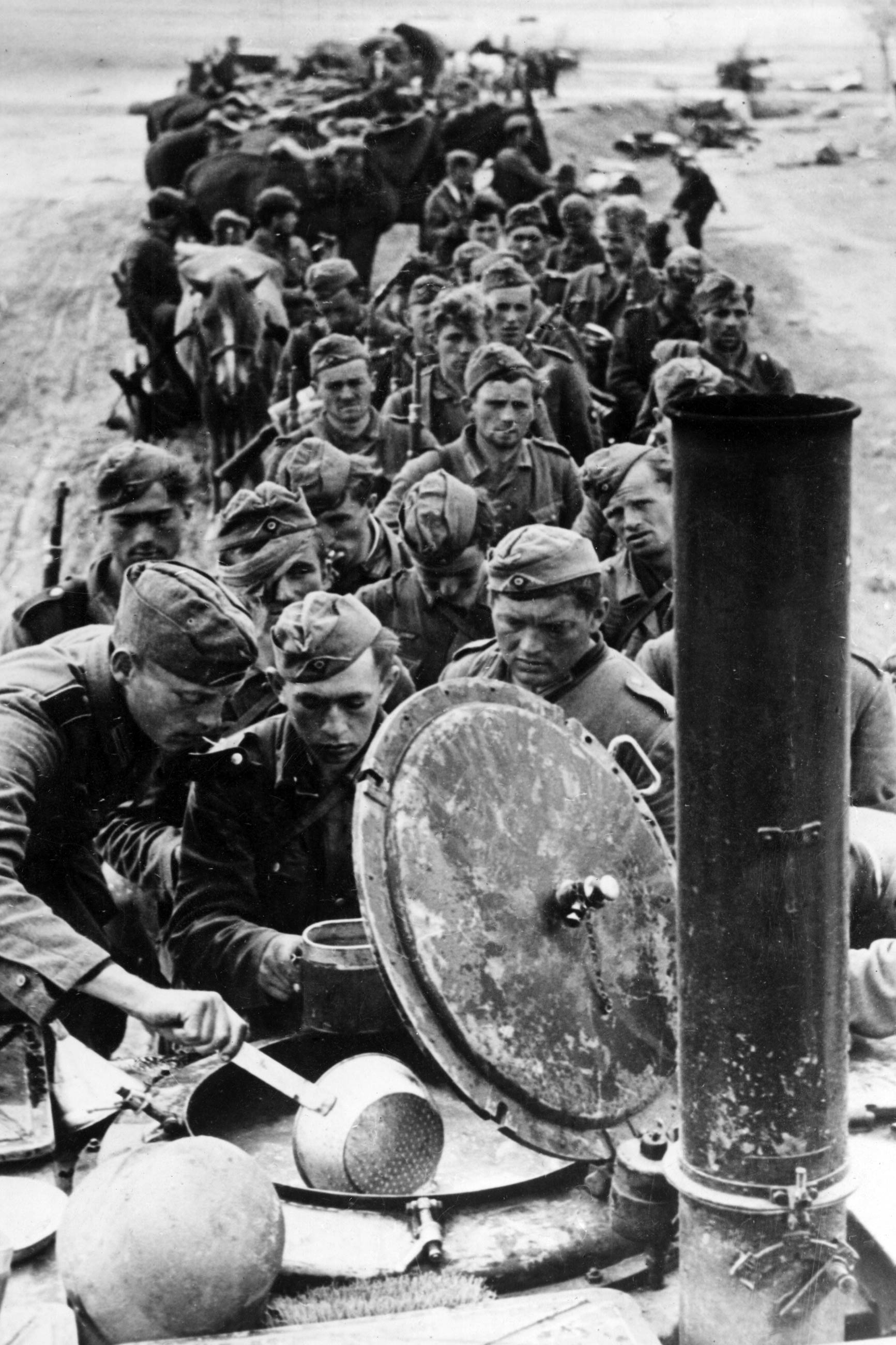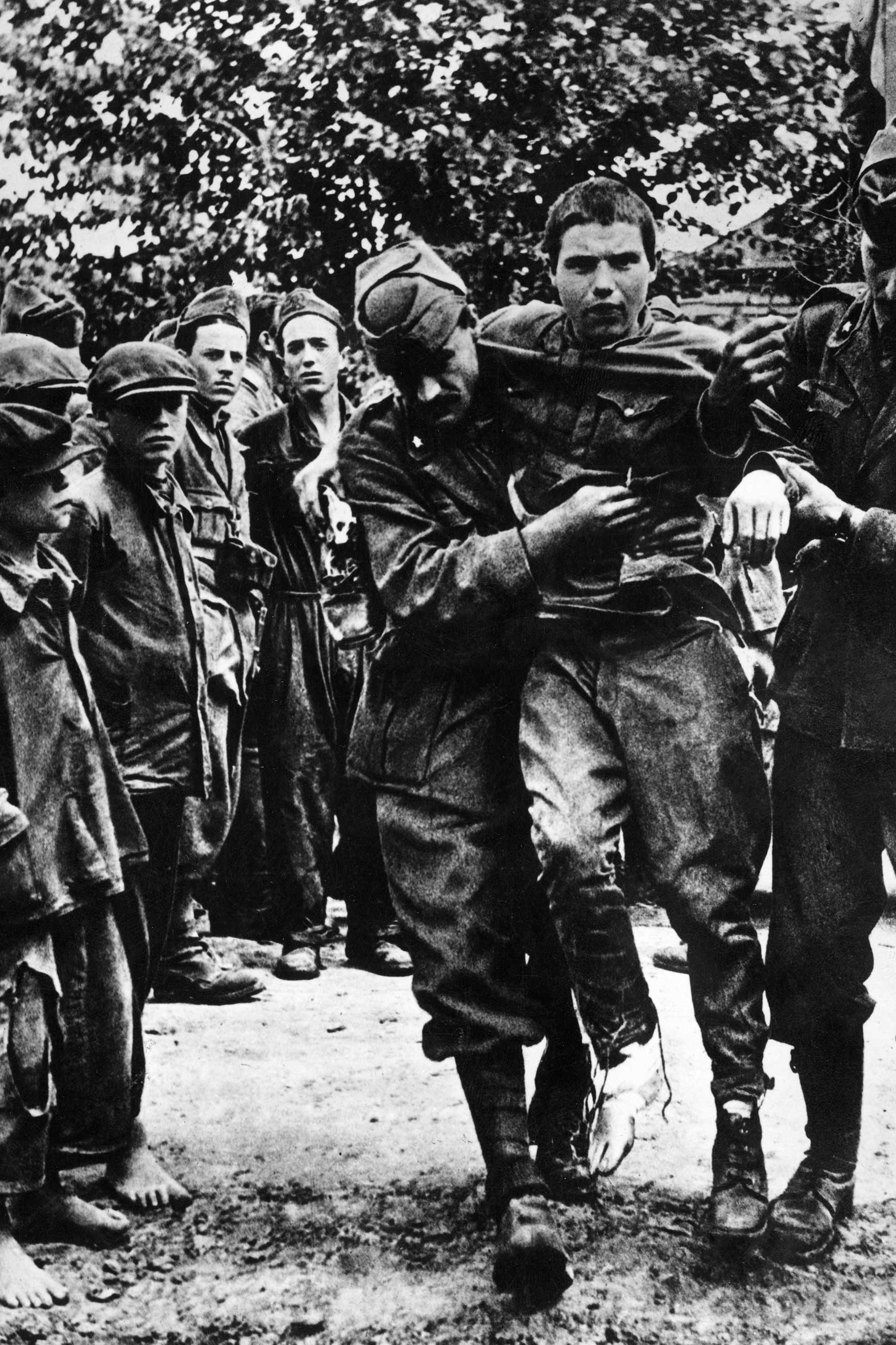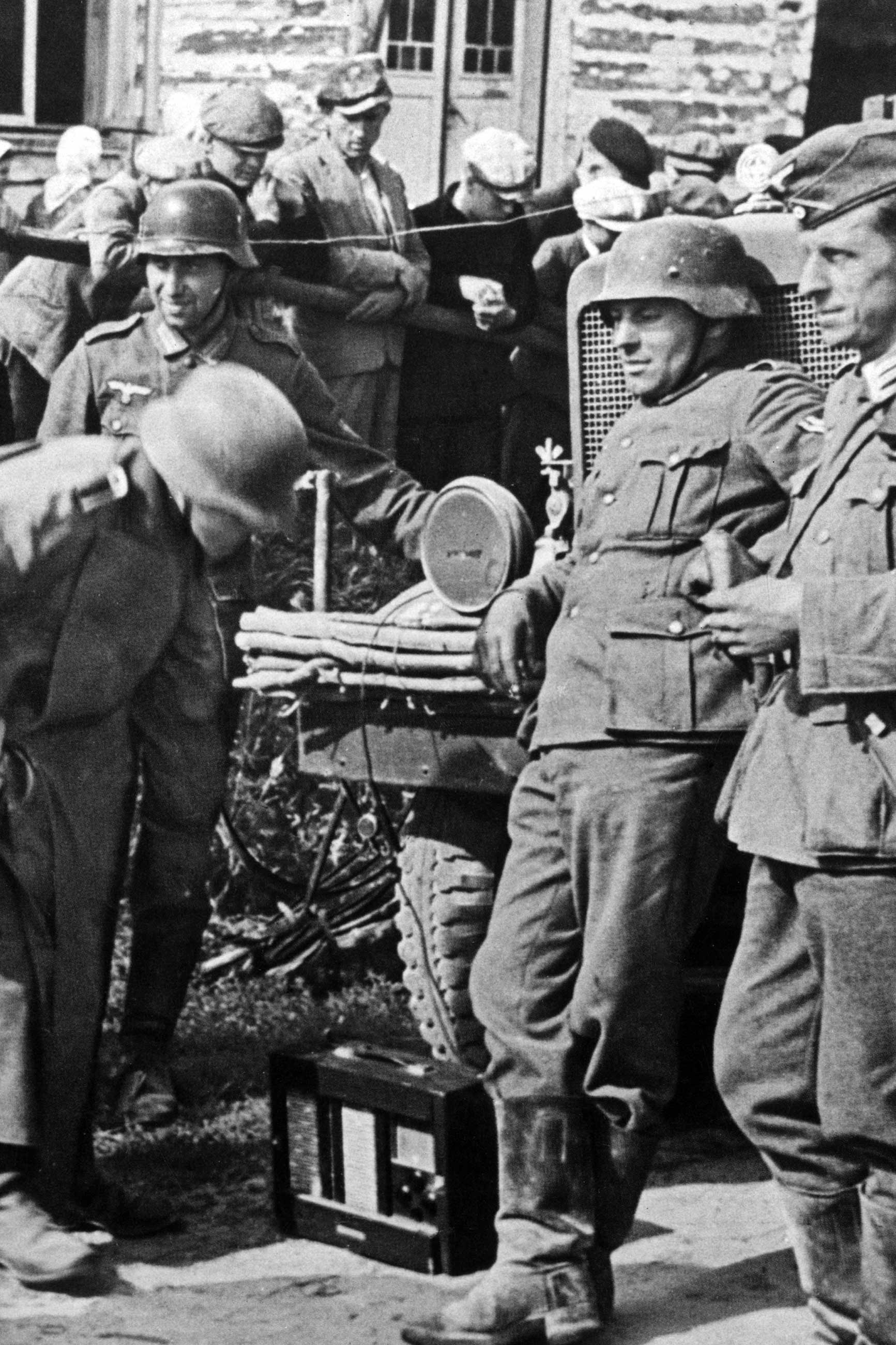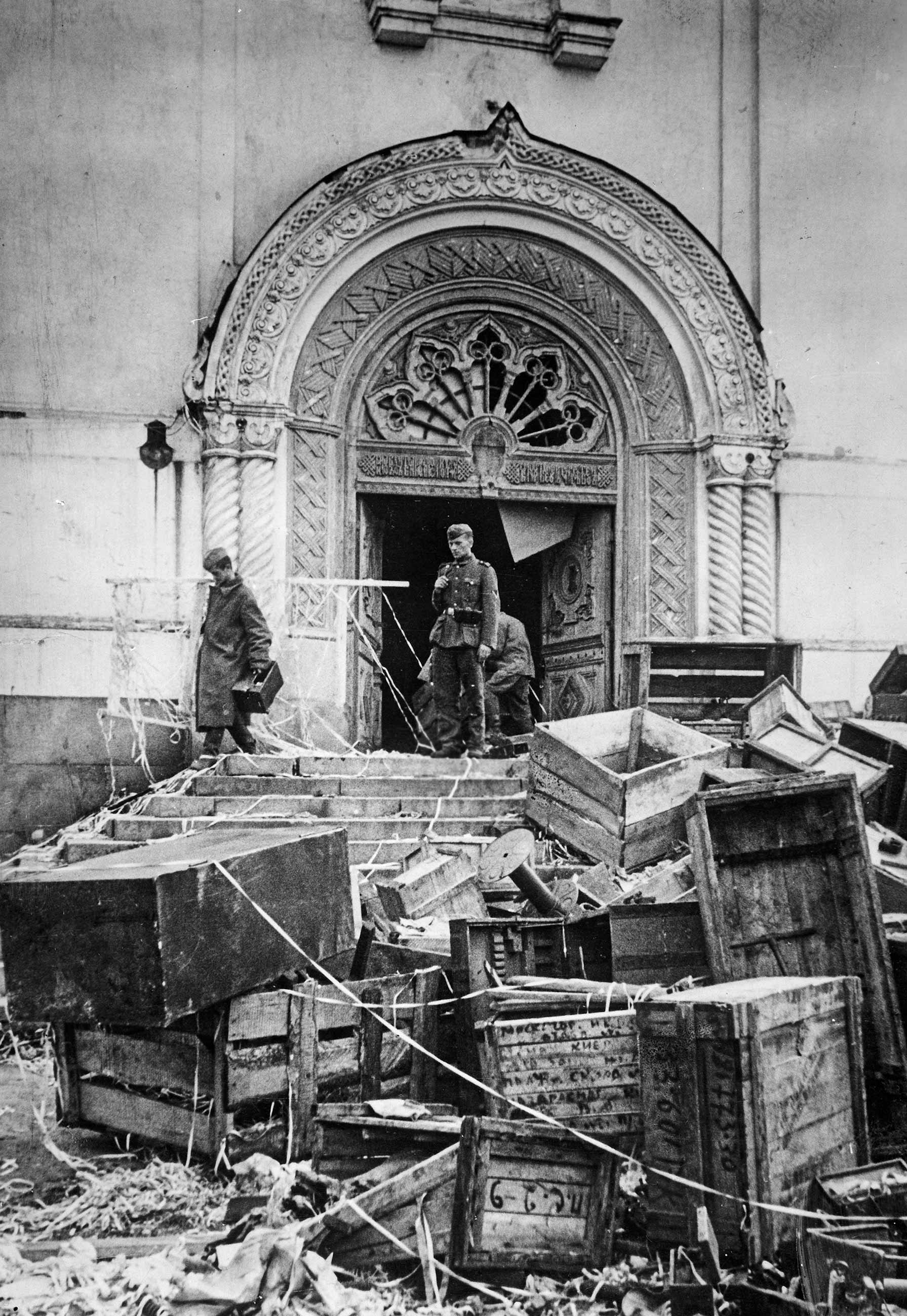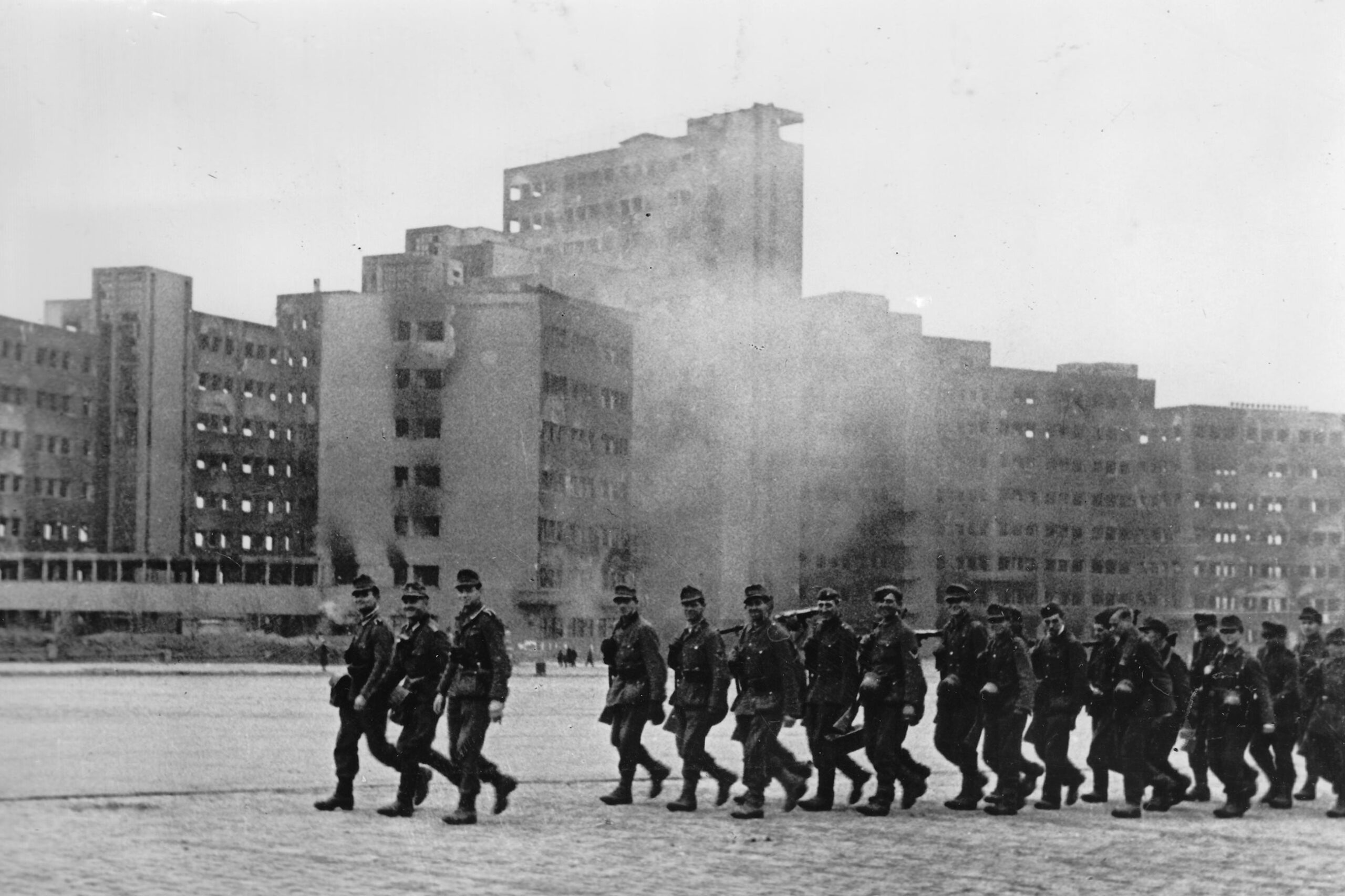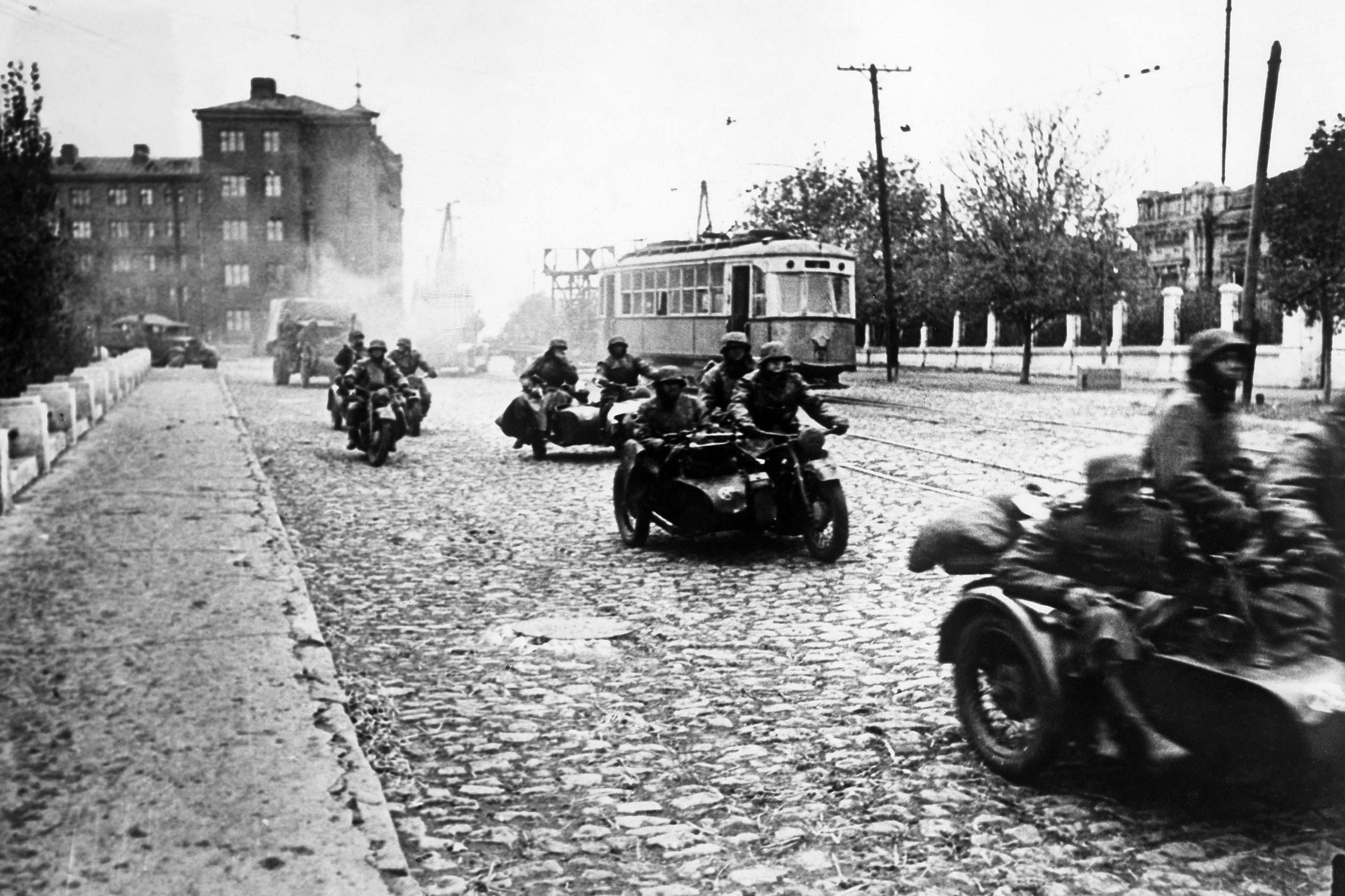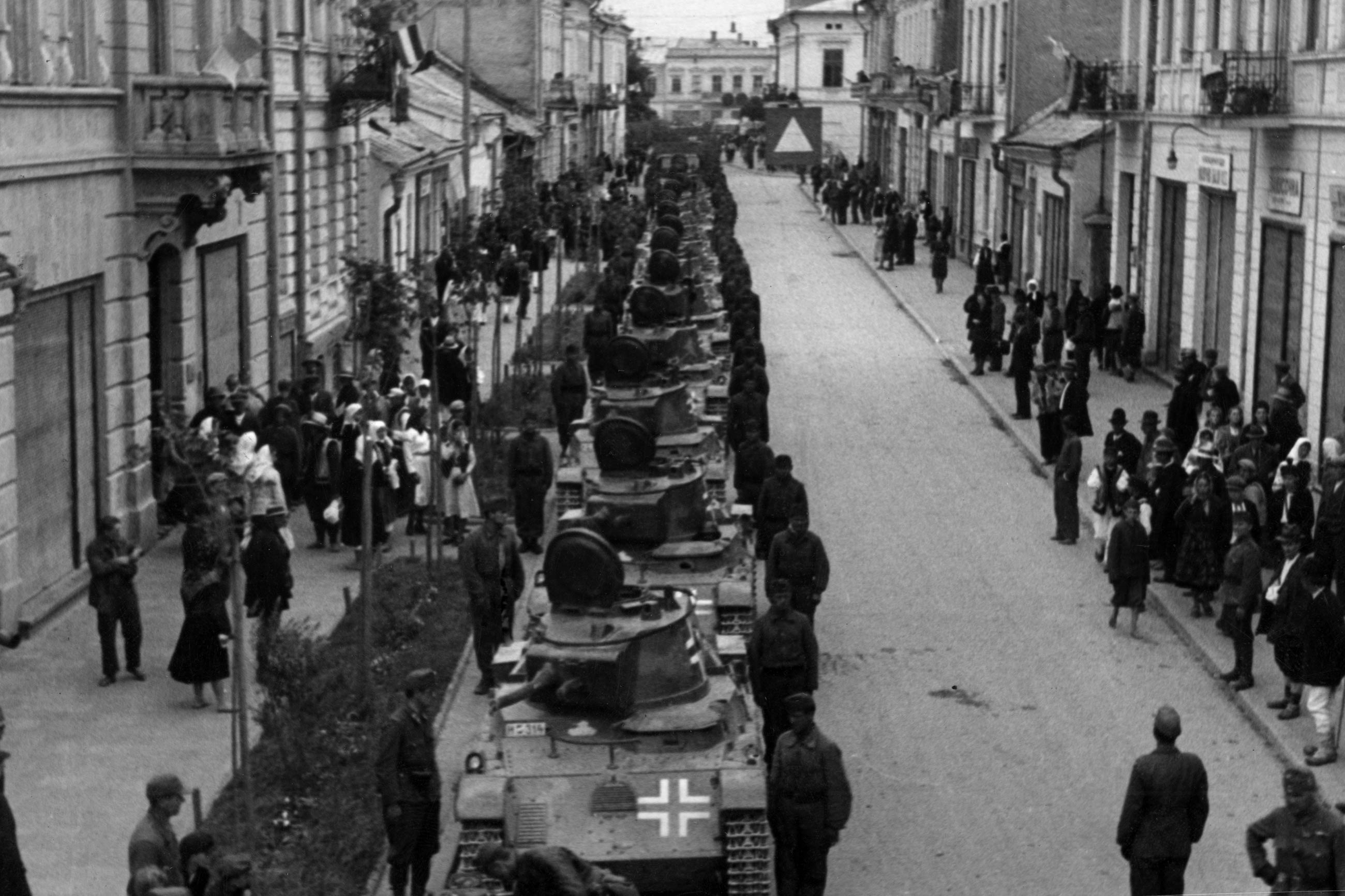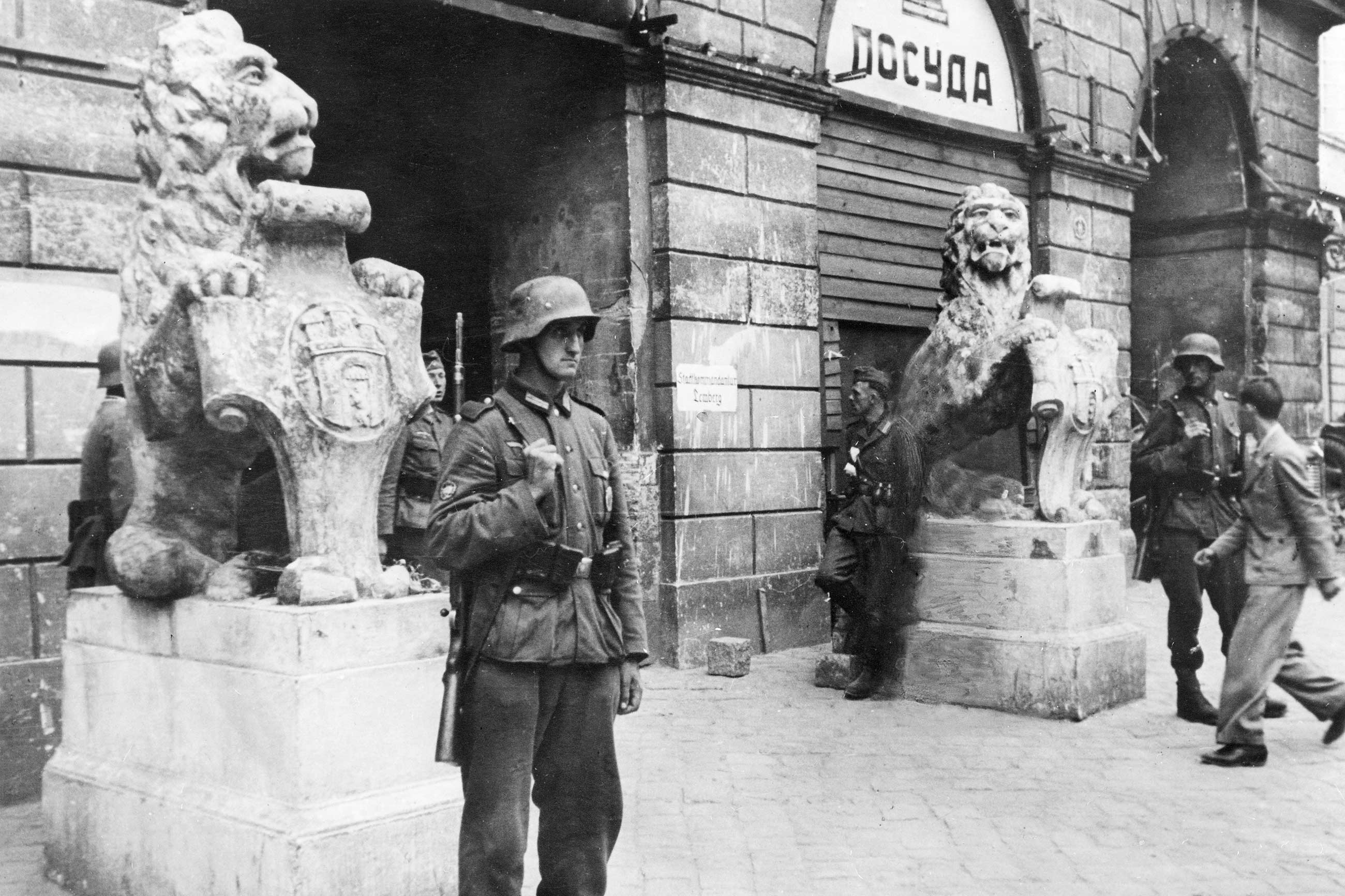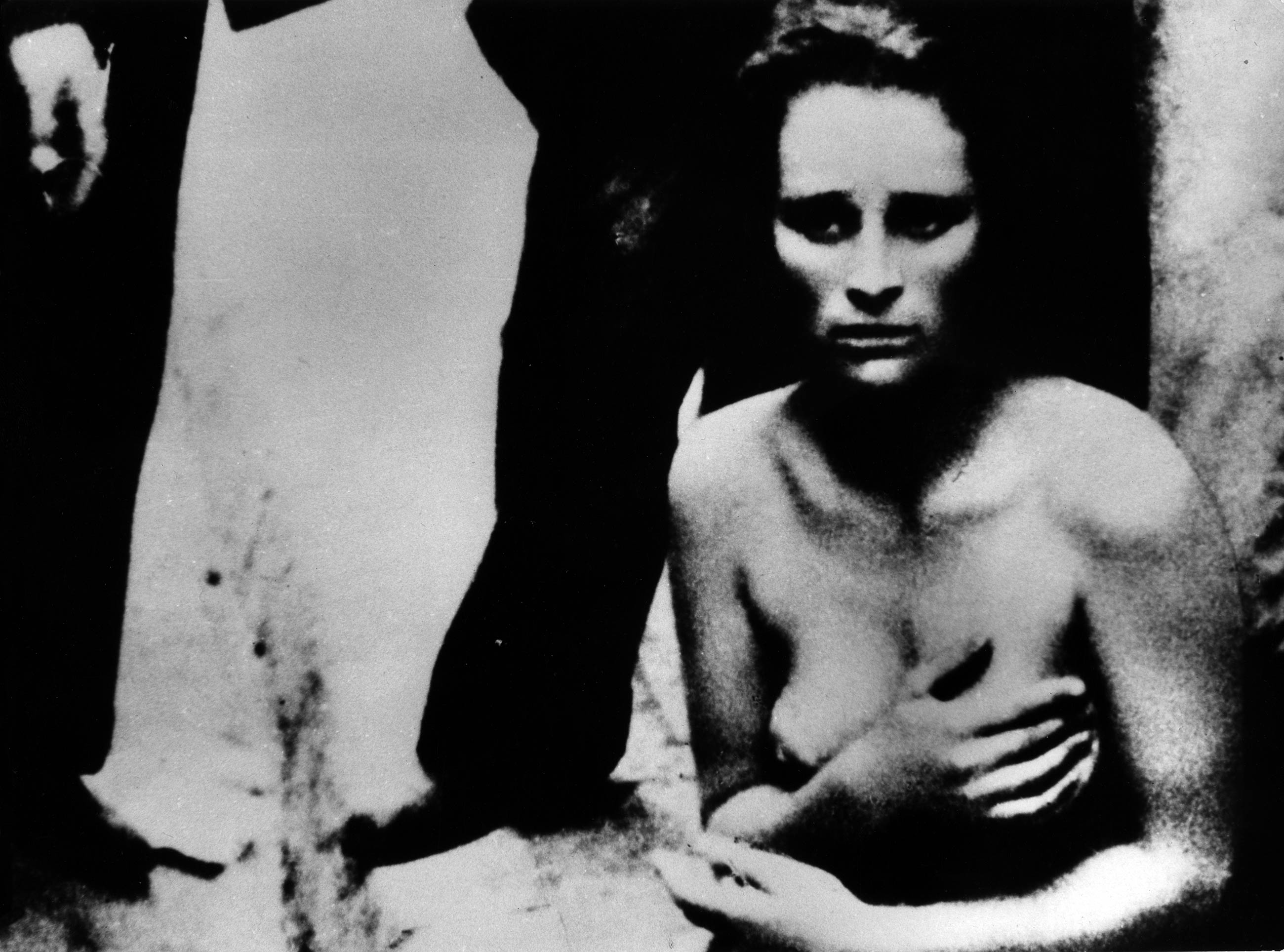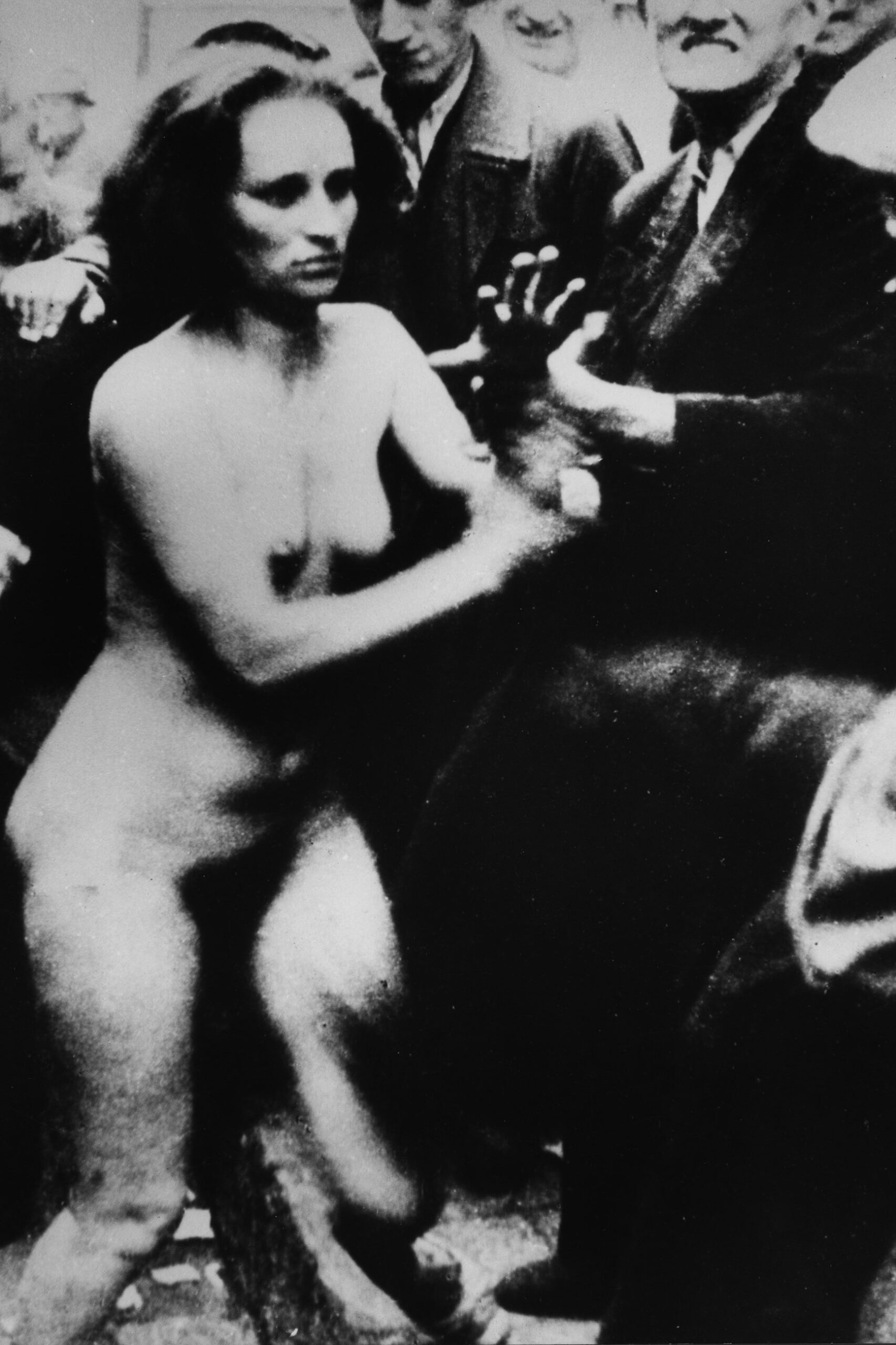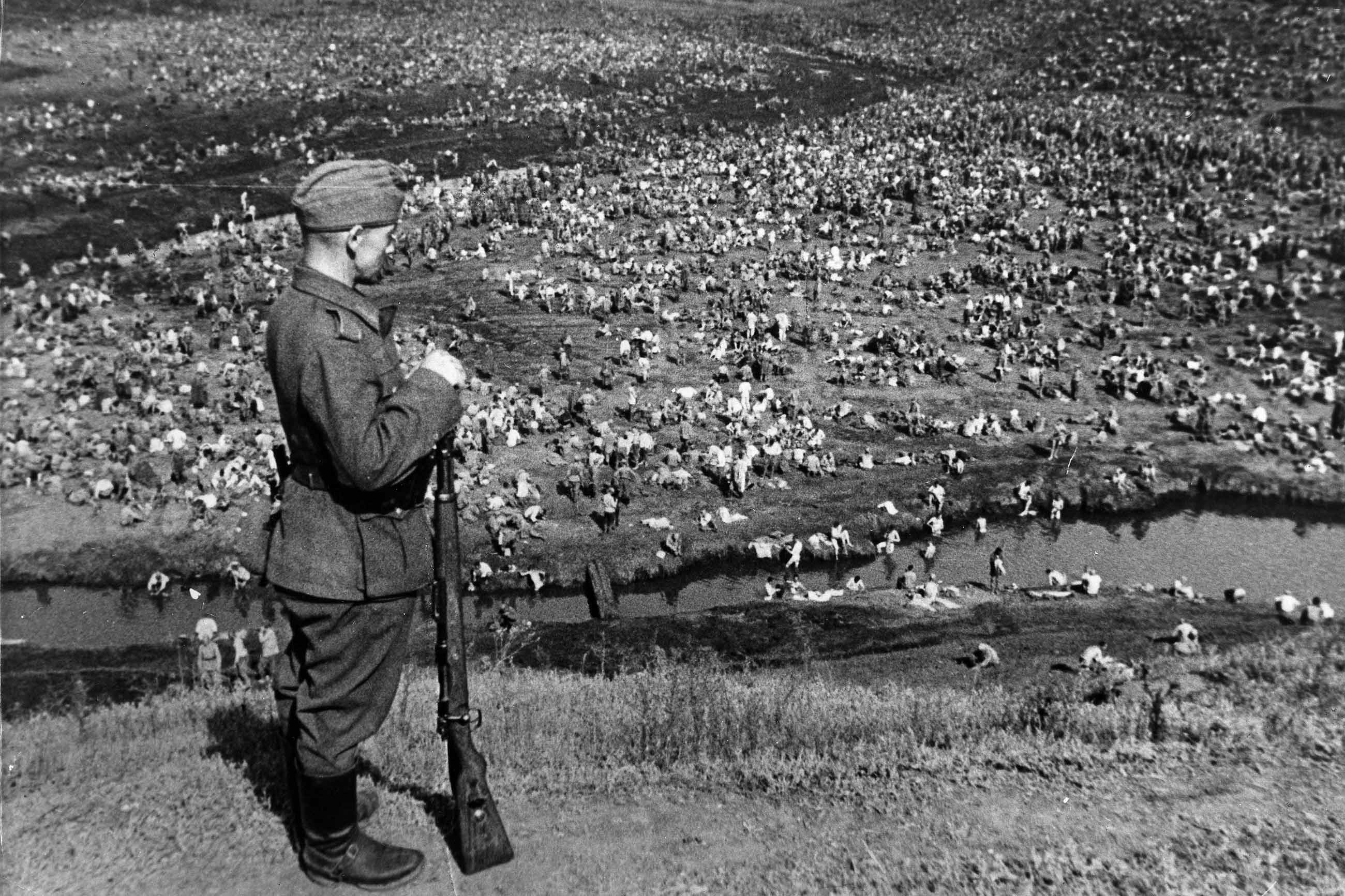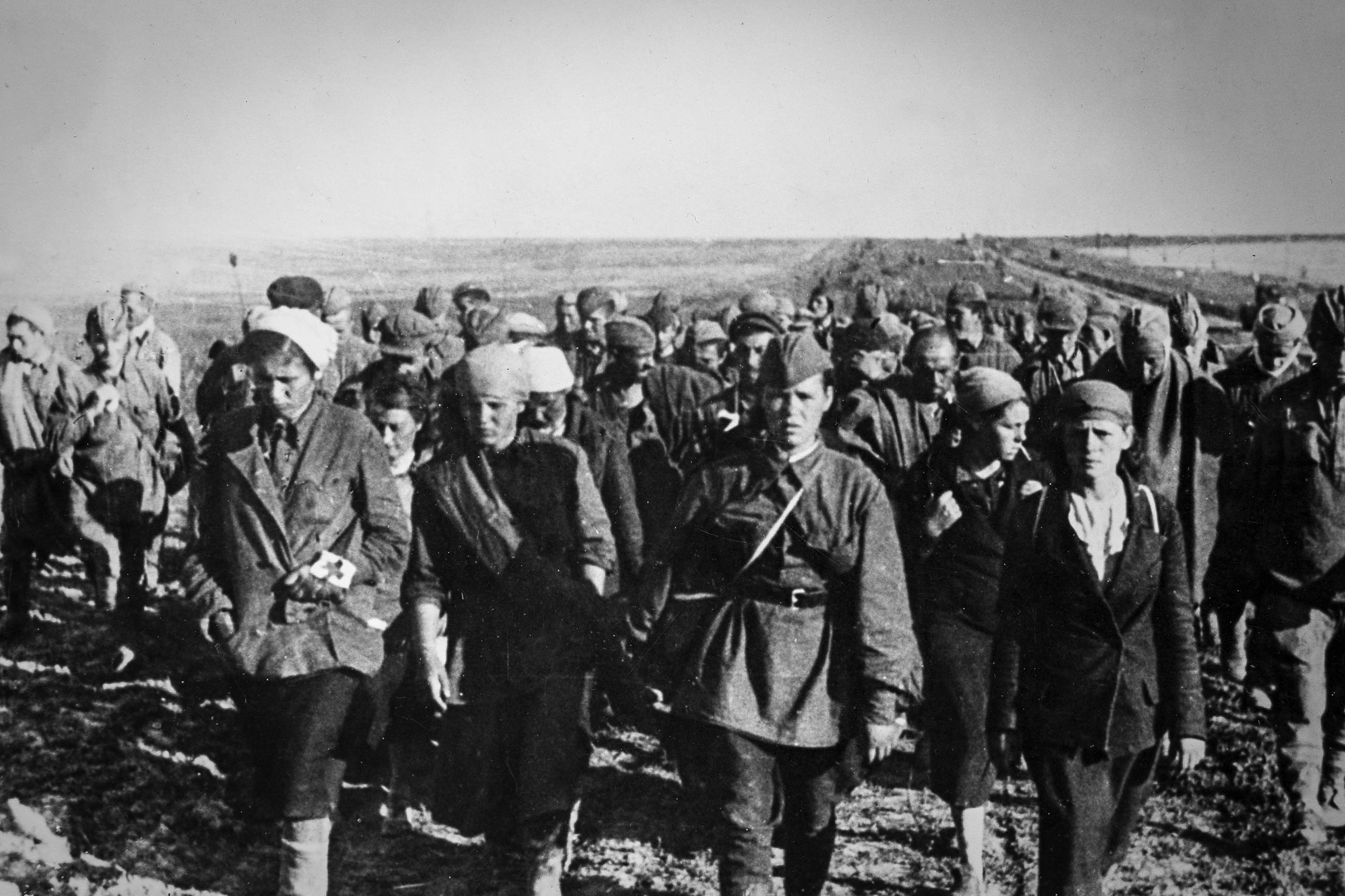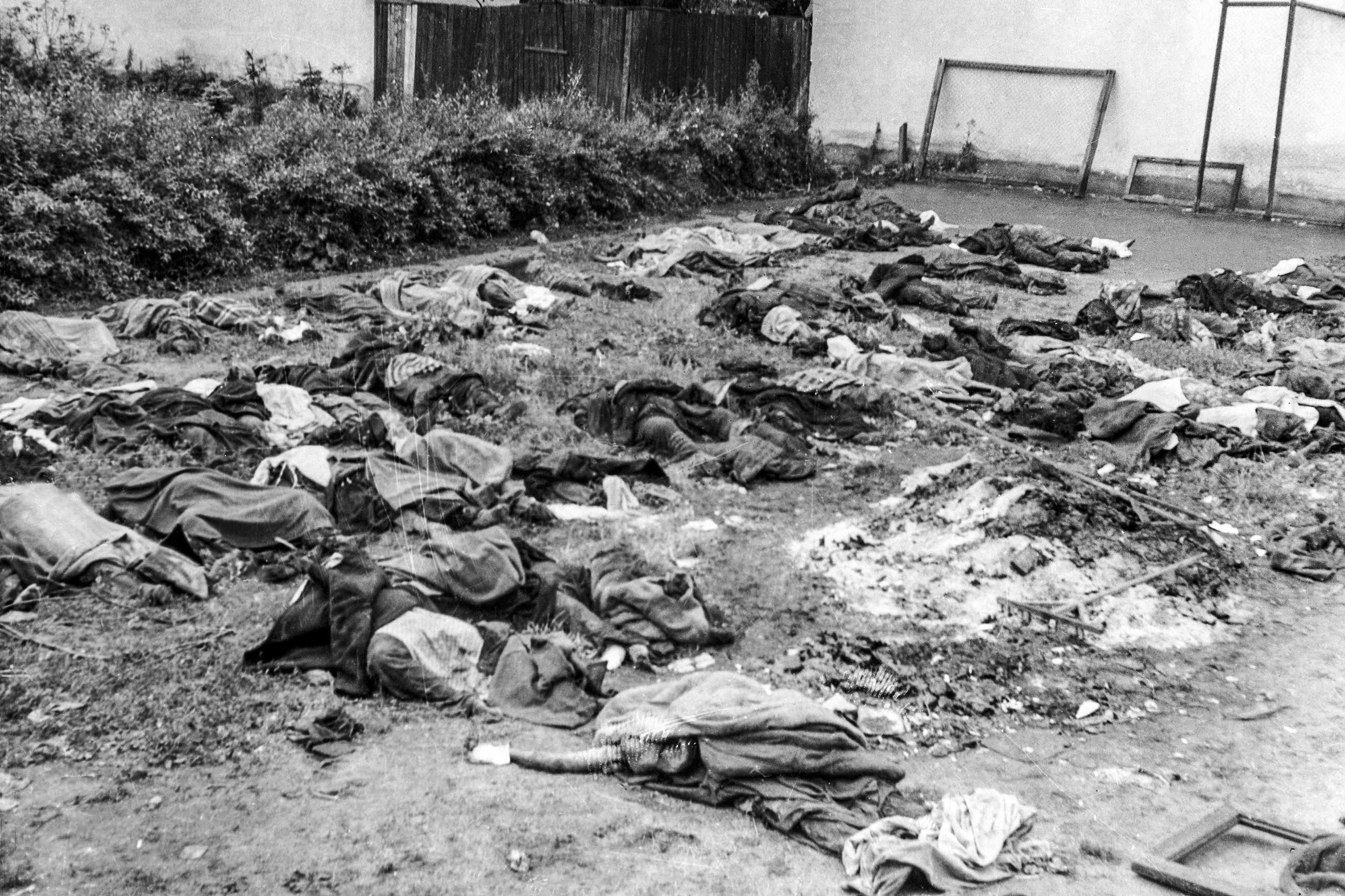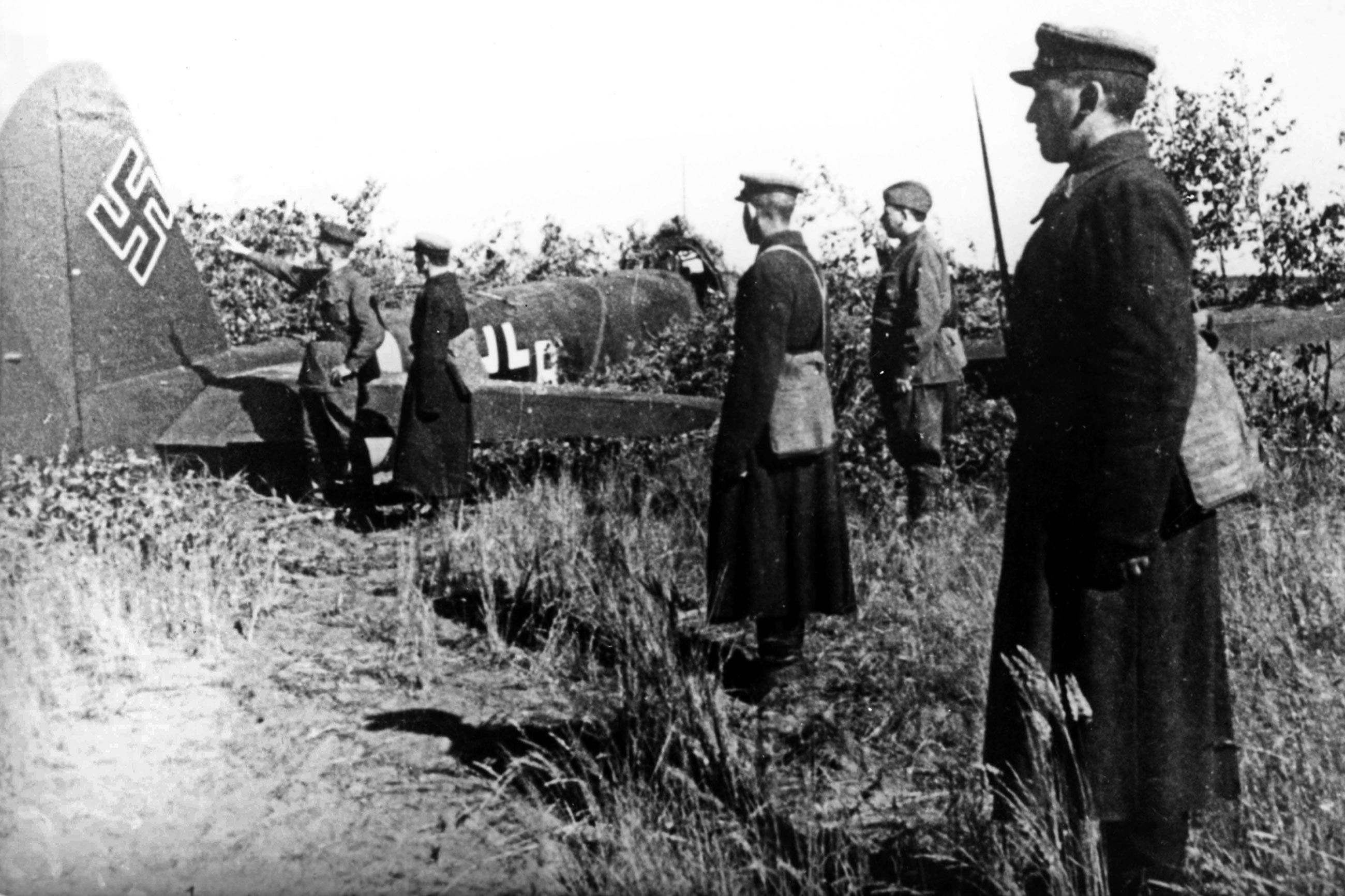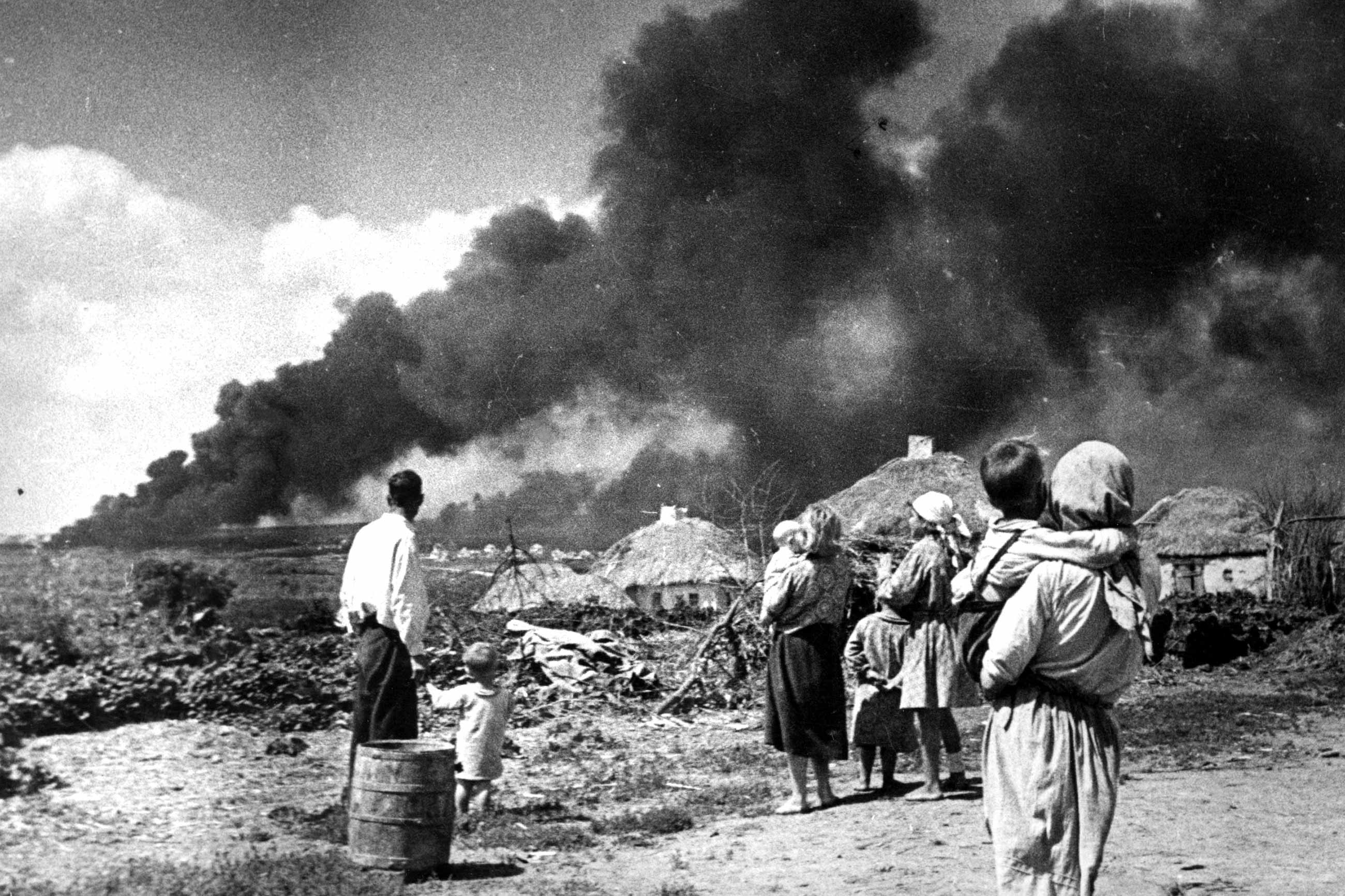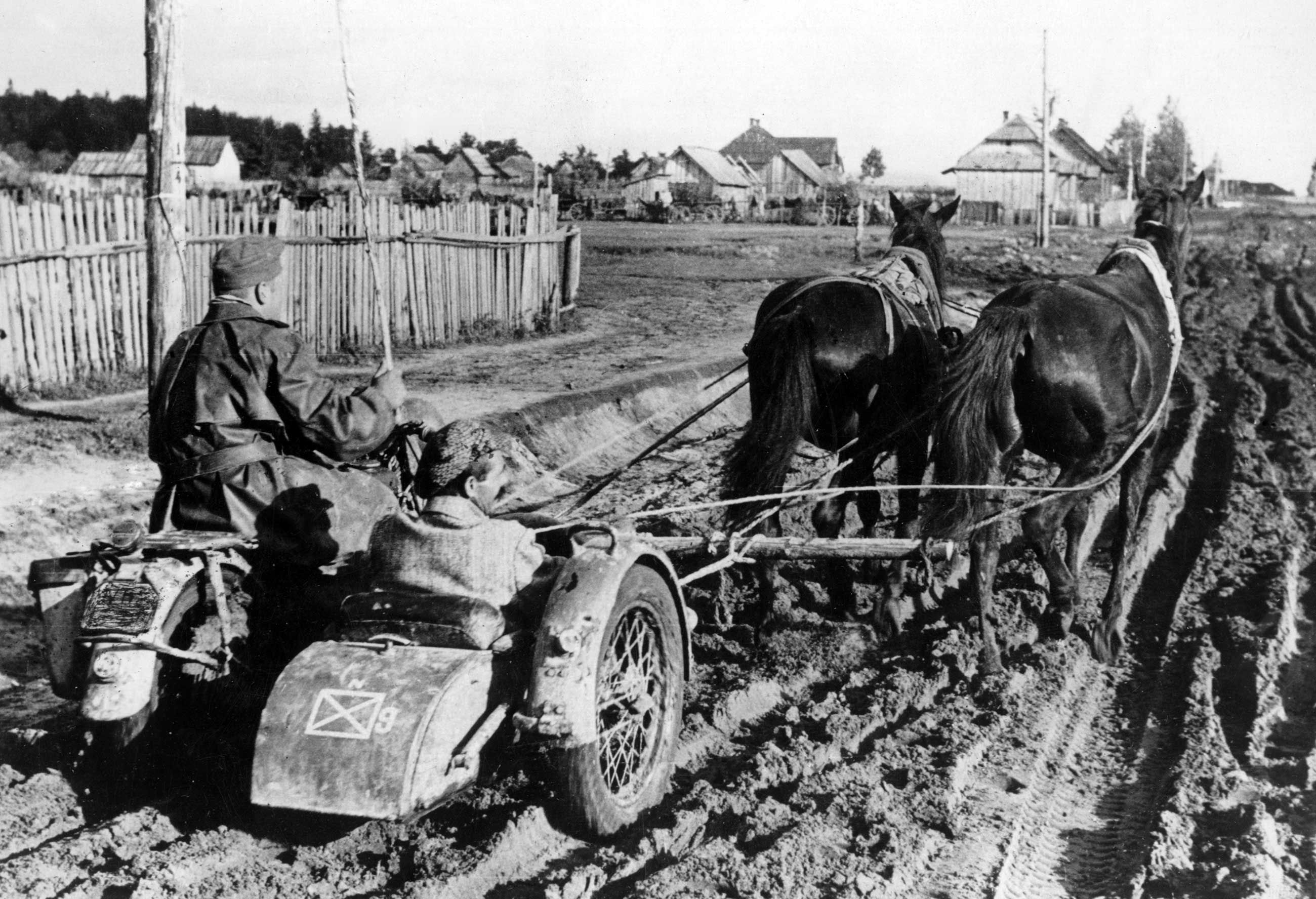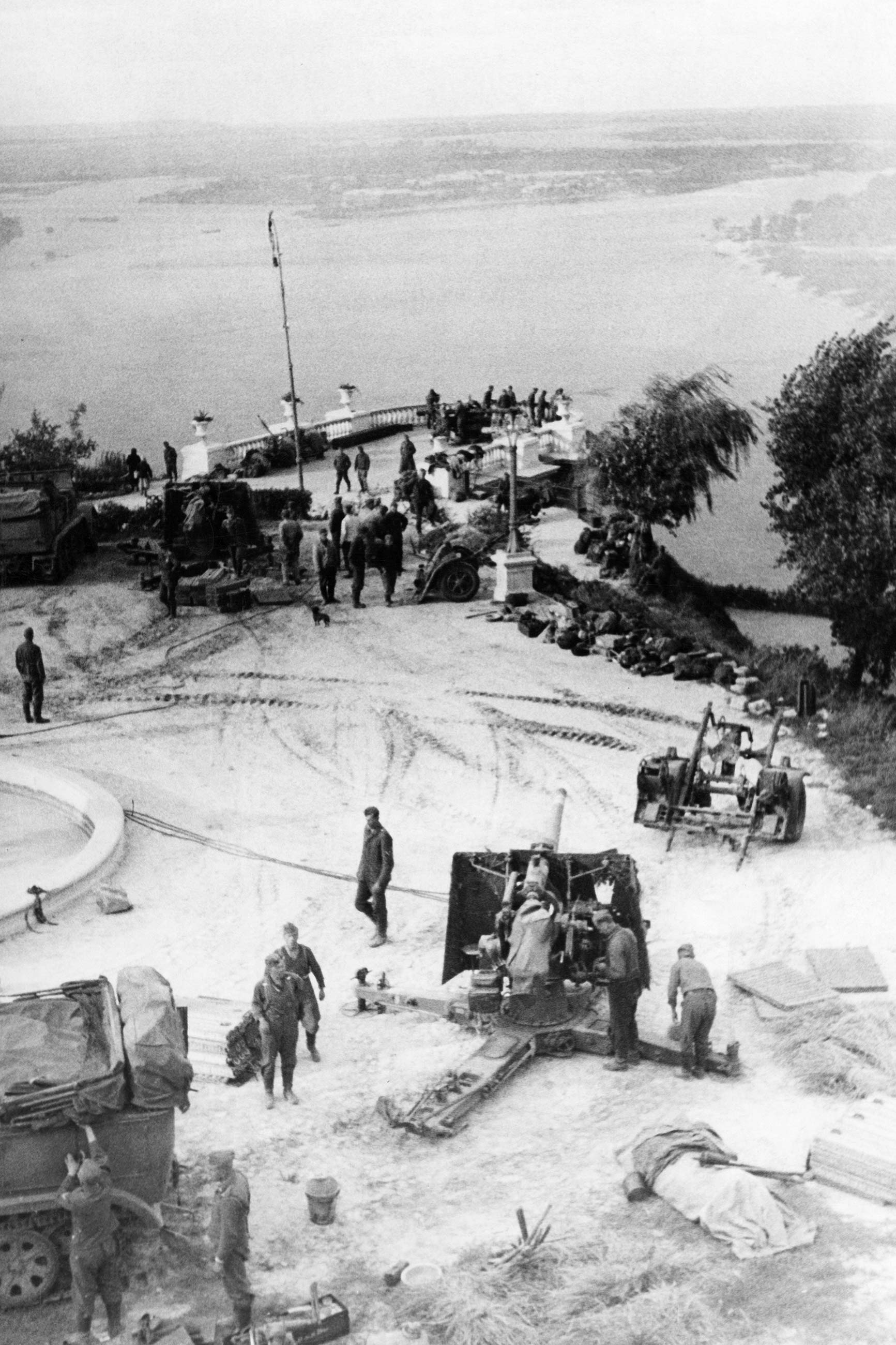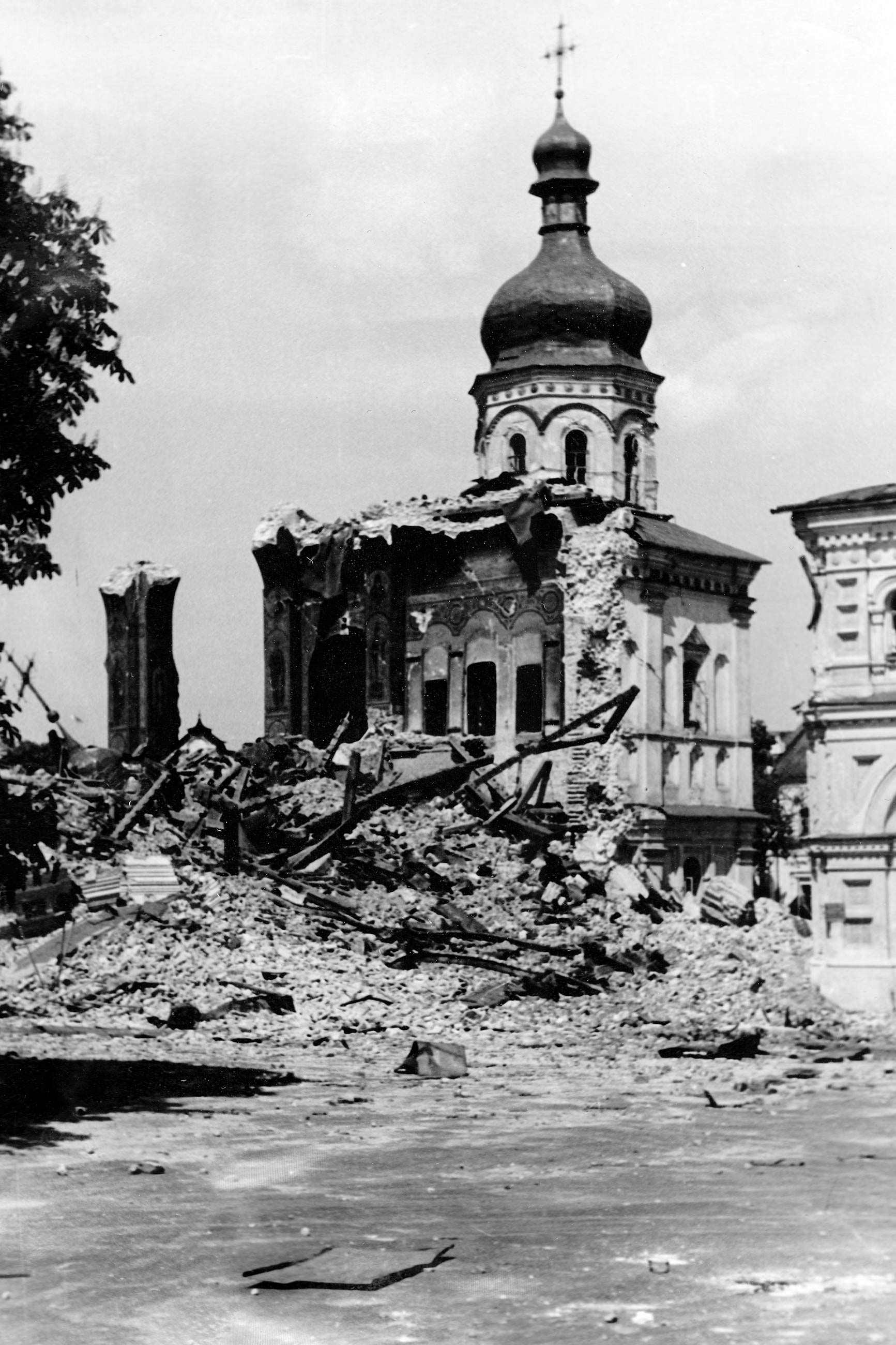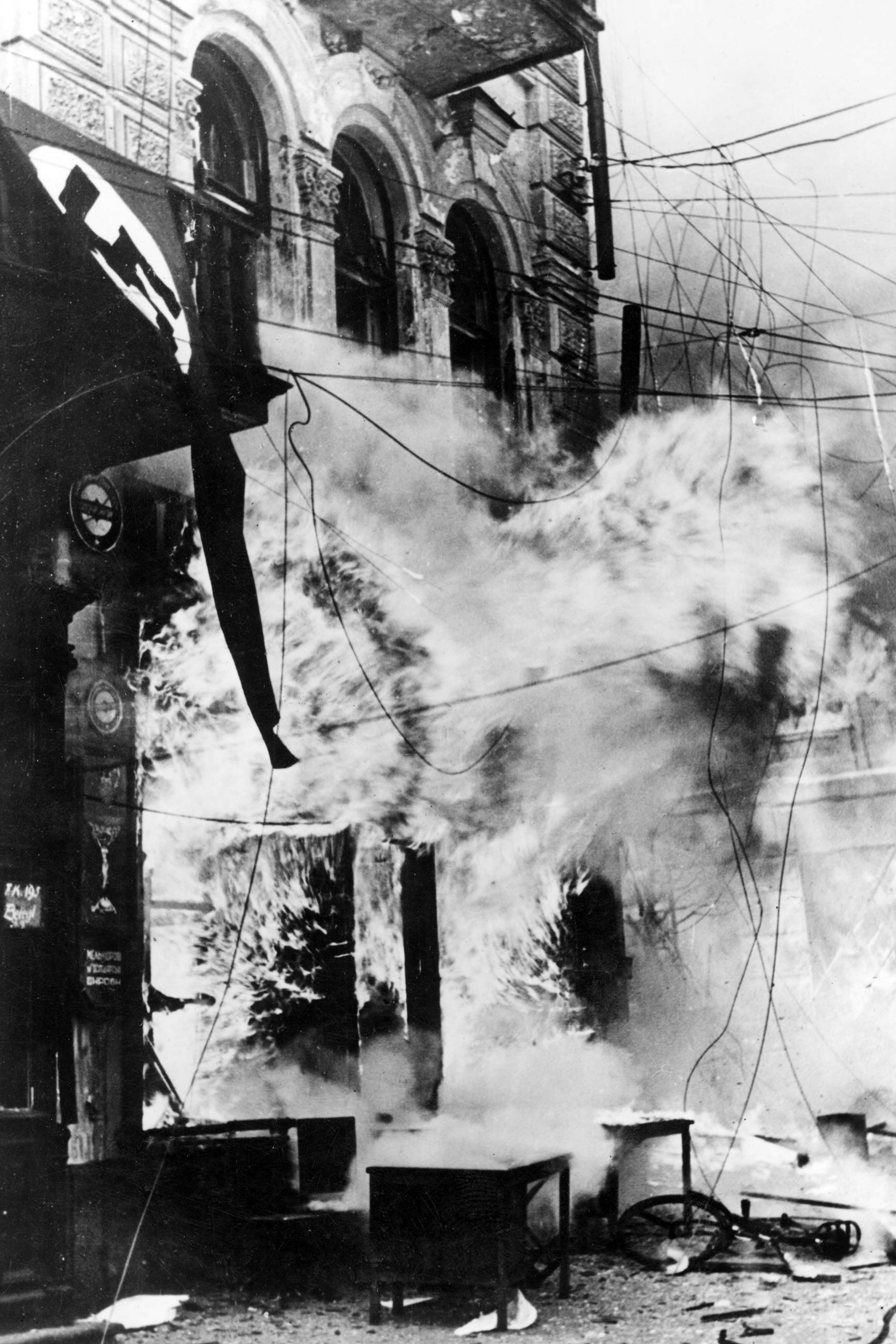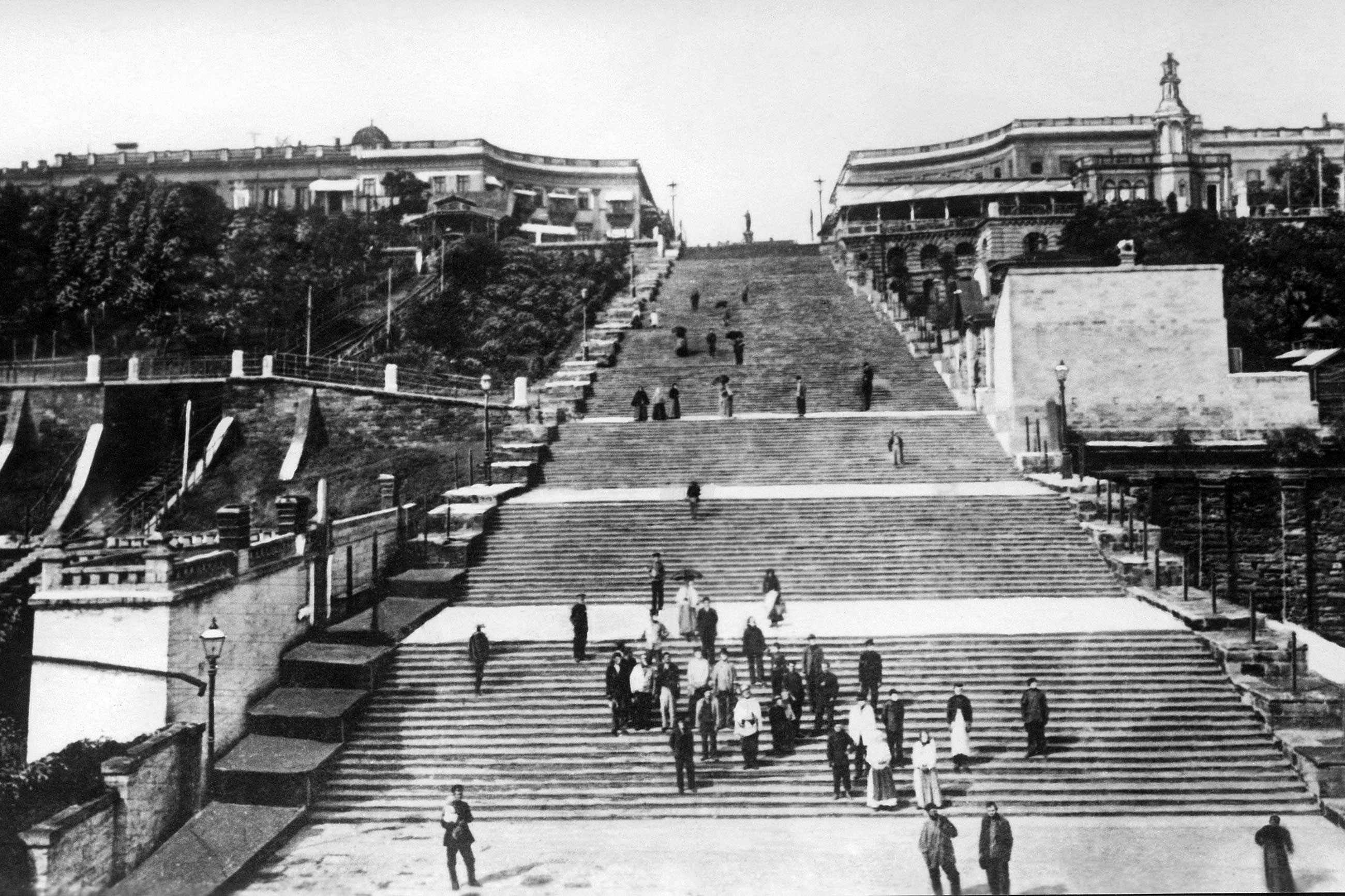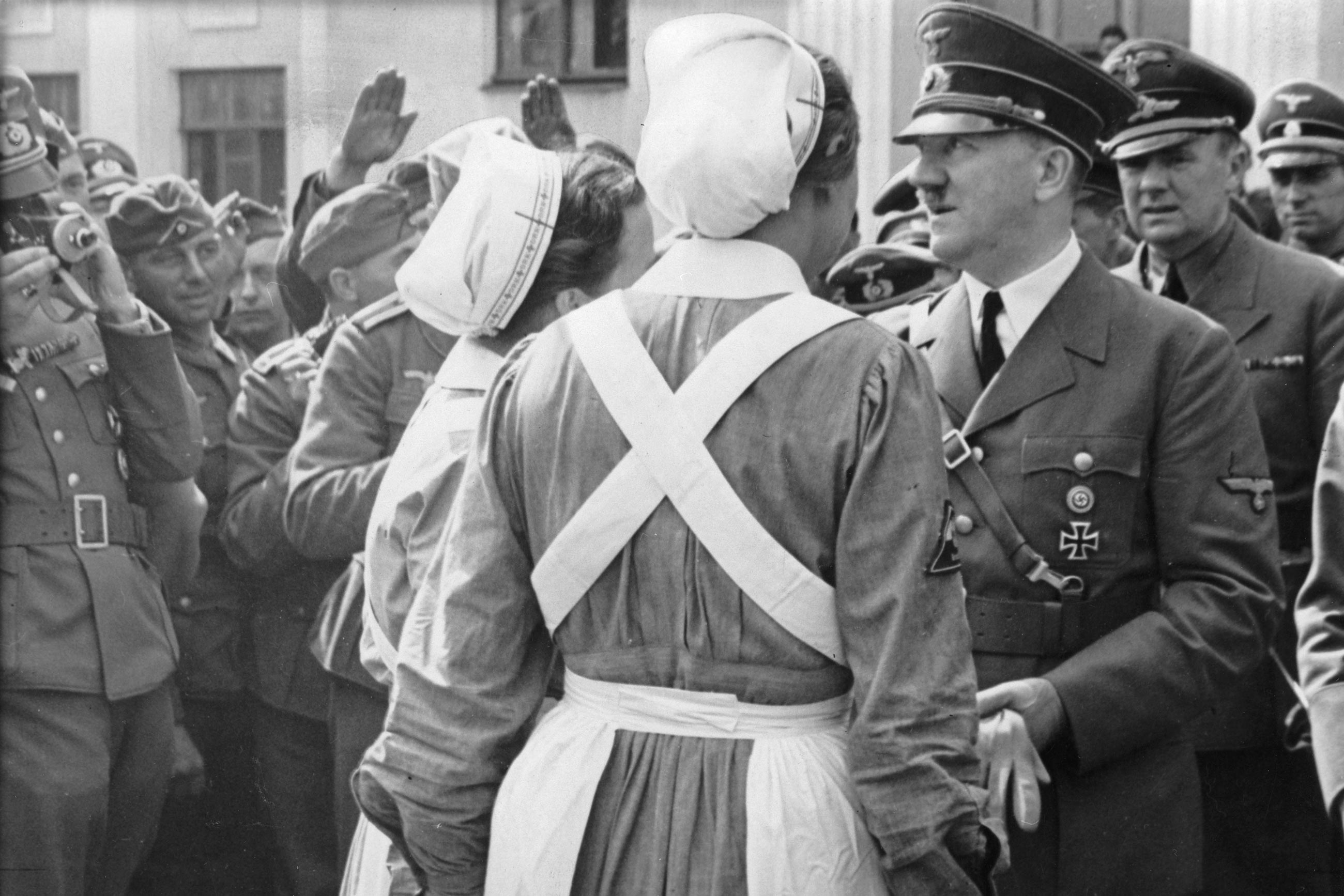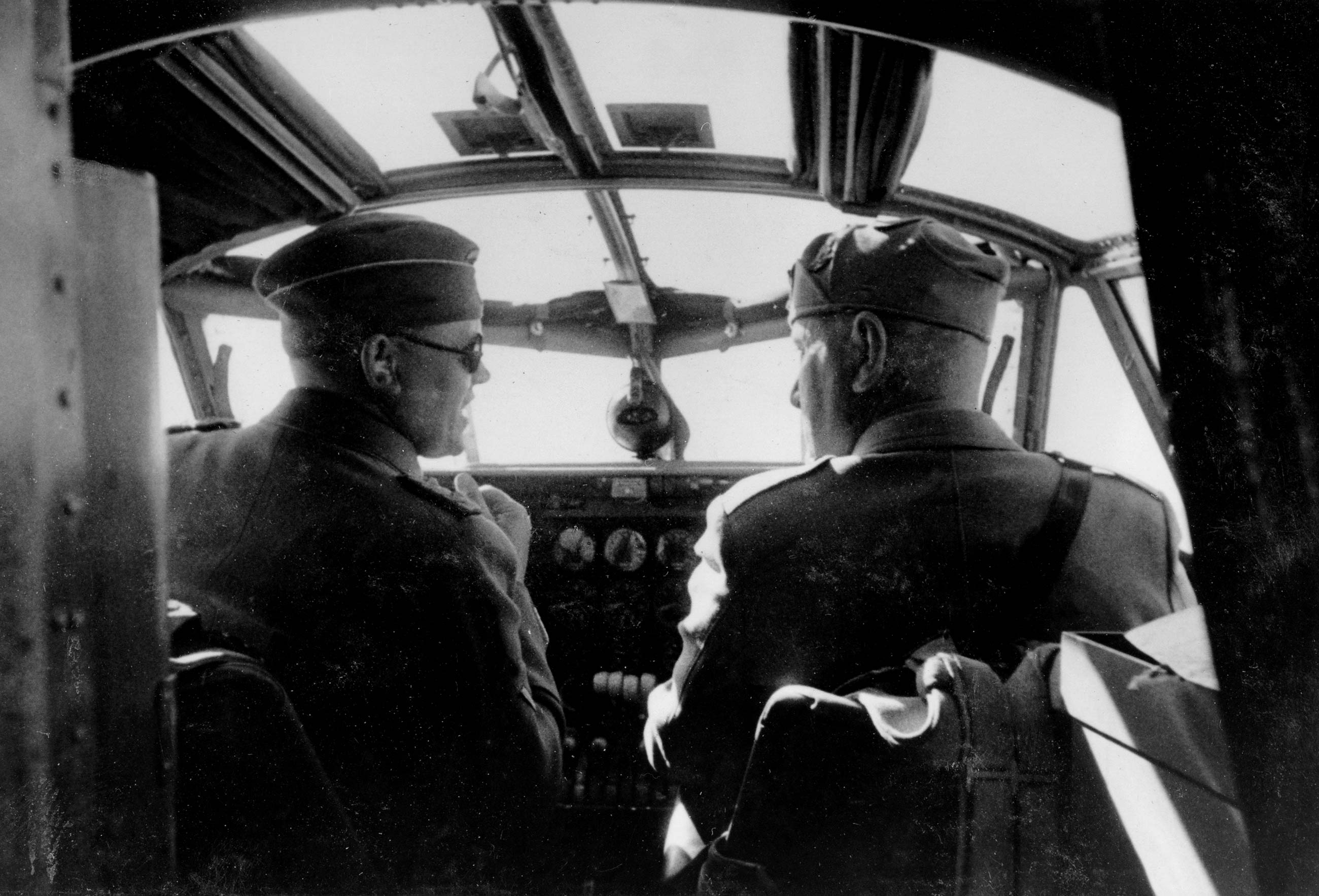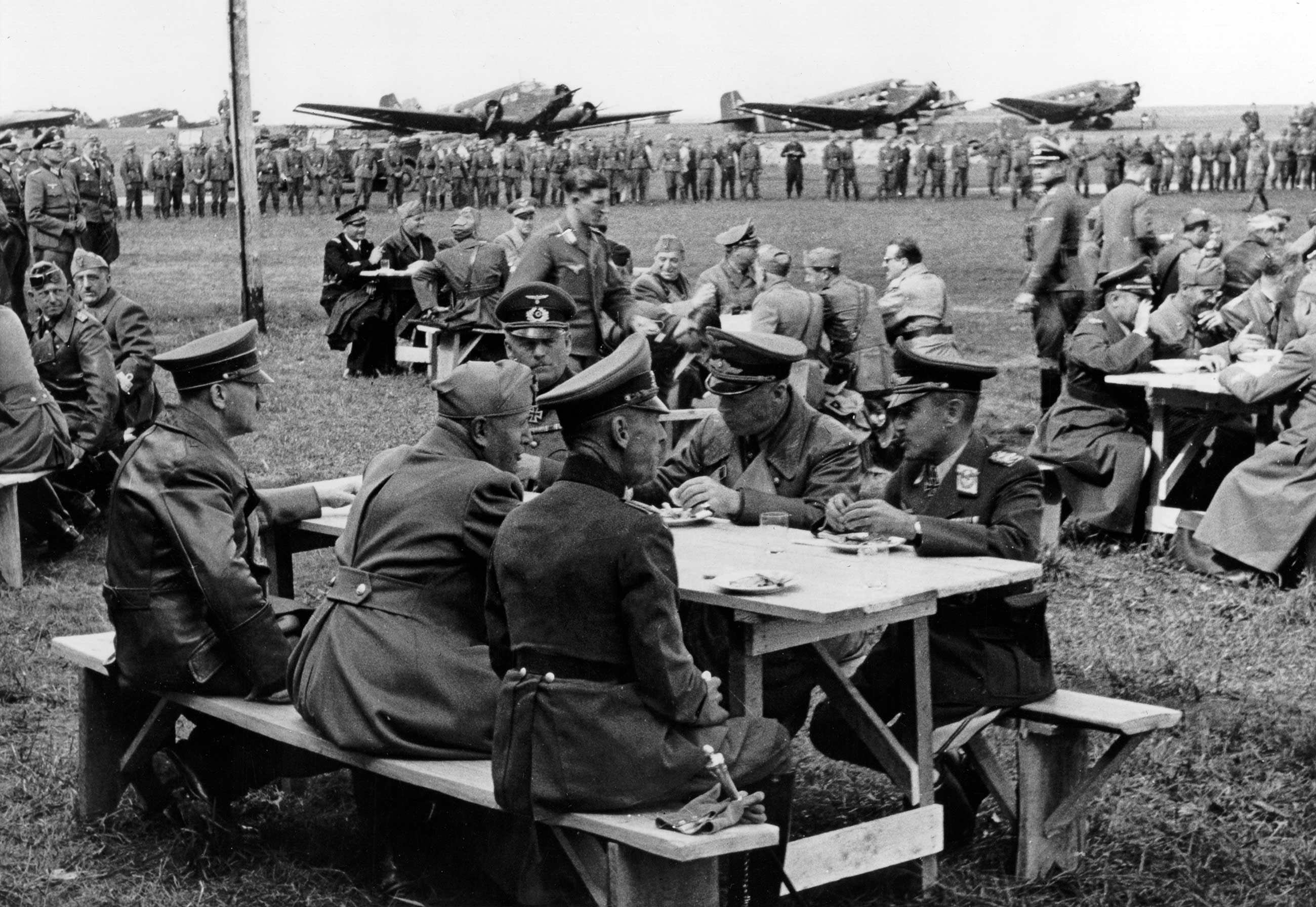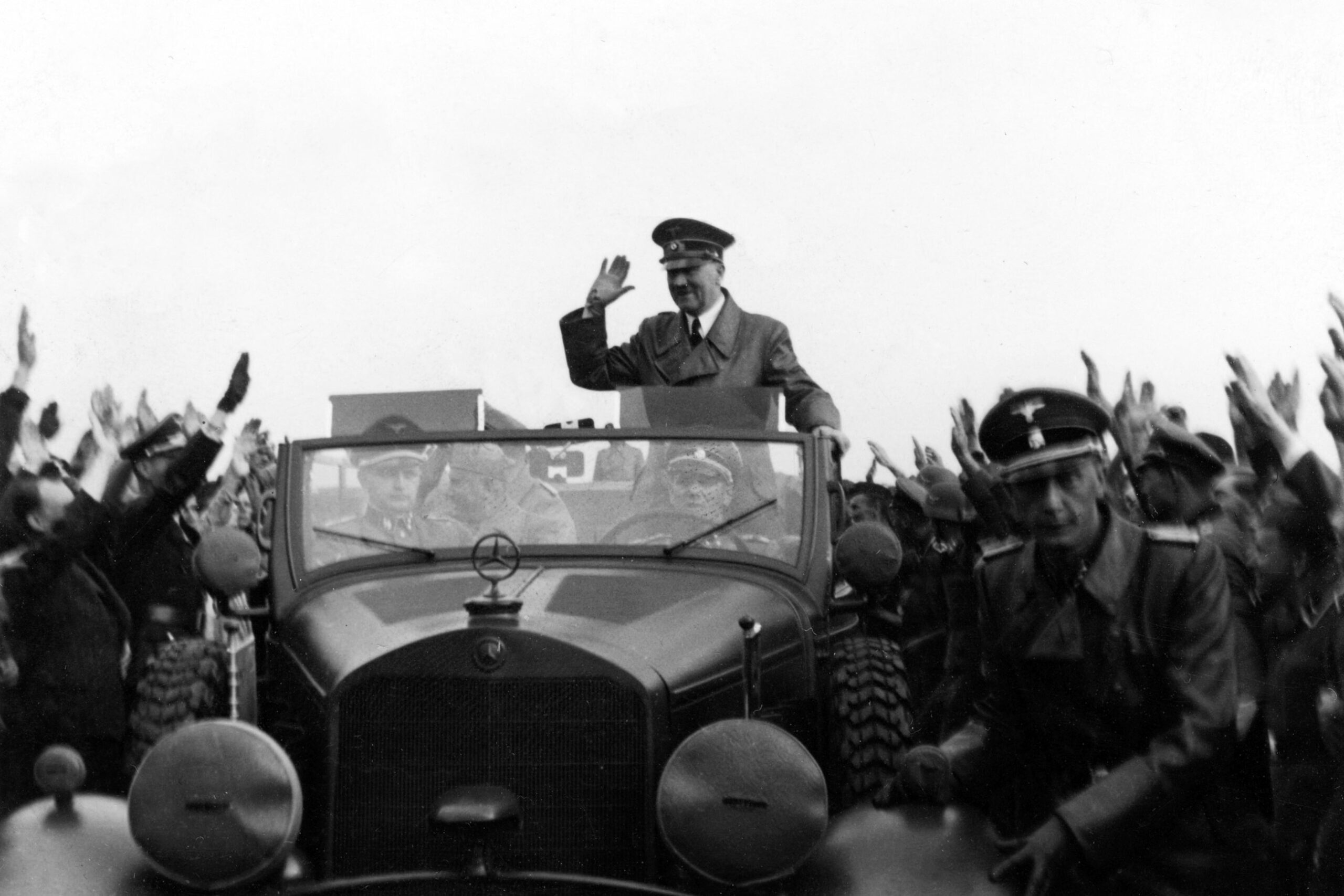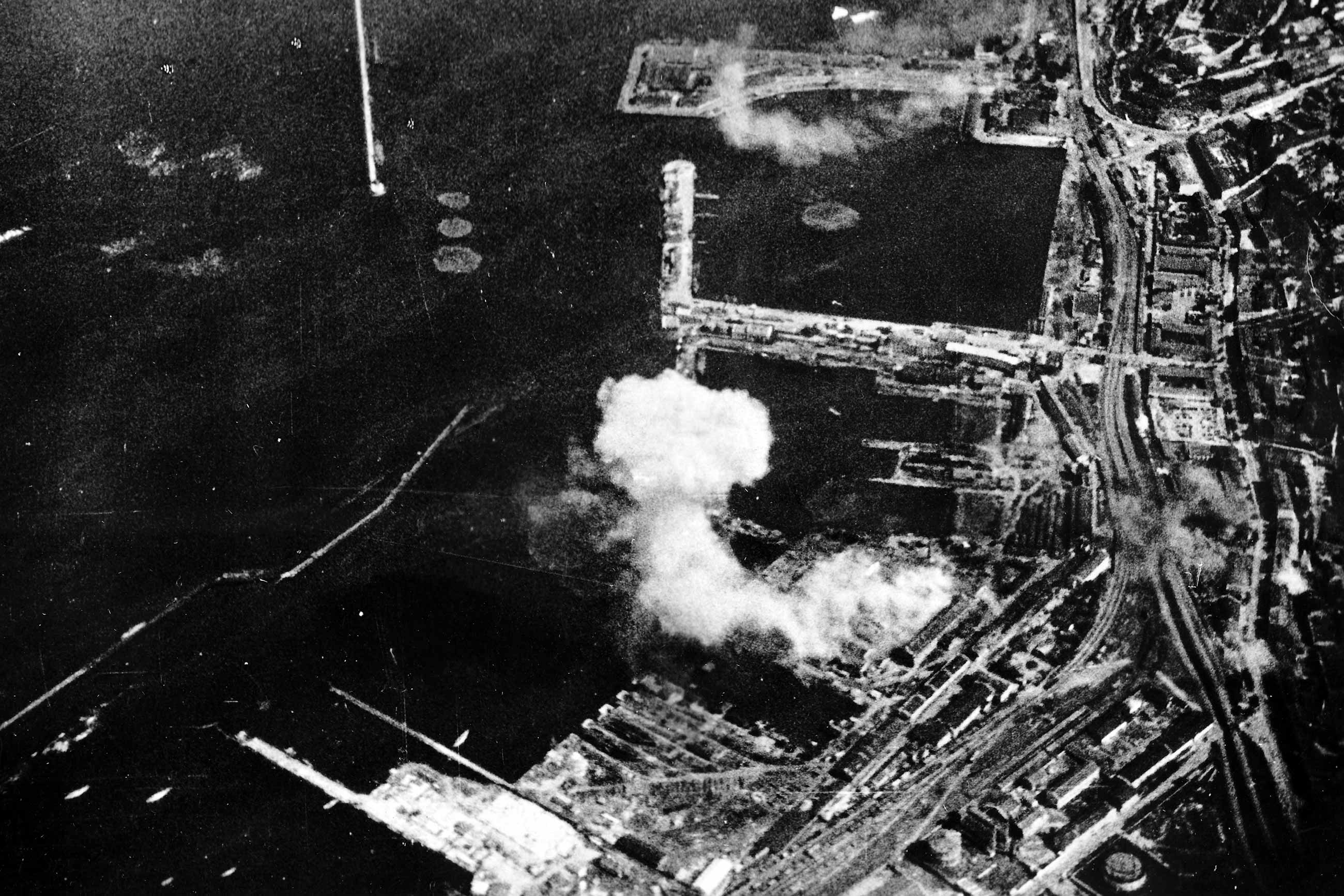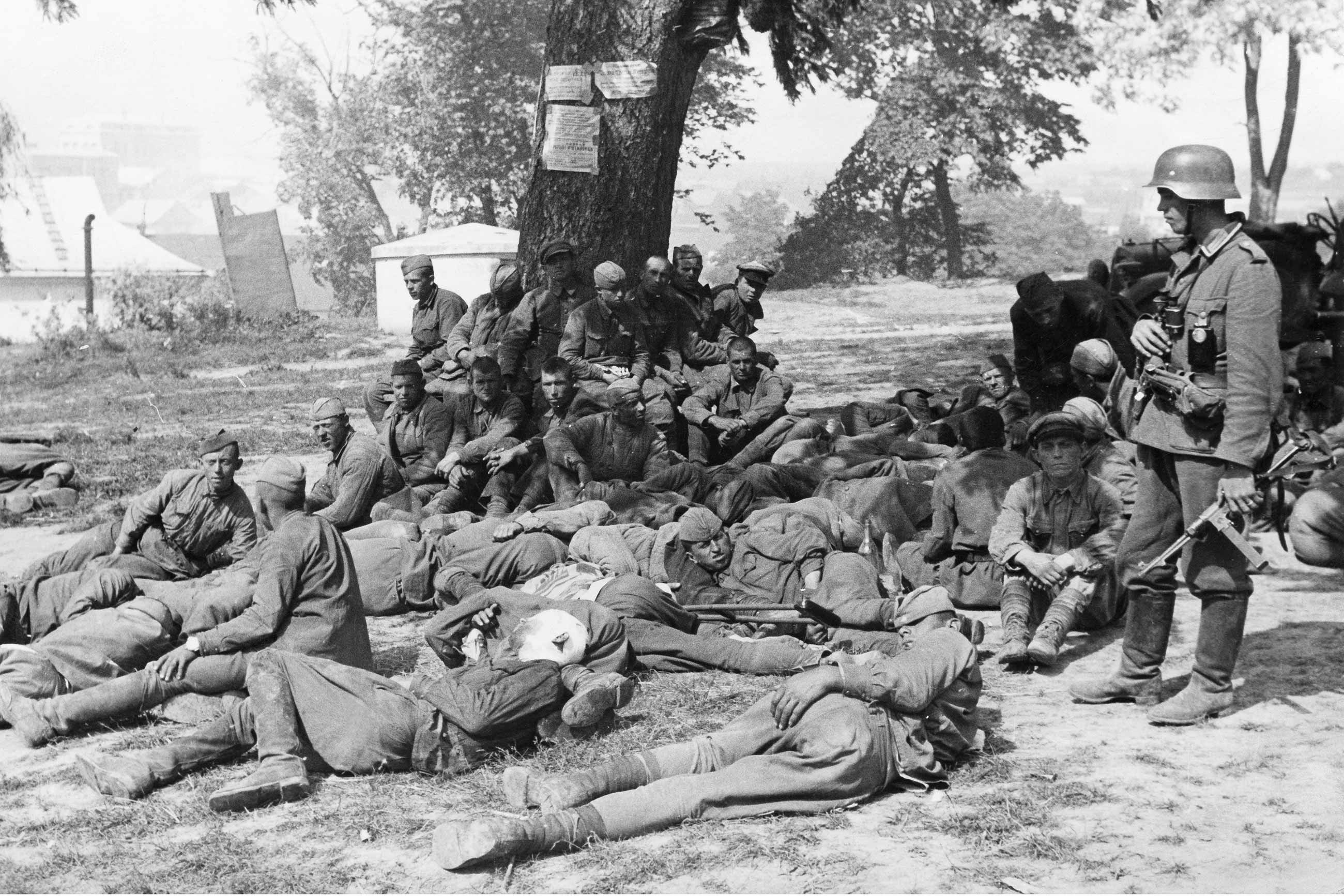There is a very capacious, well-aimed word in English that loses a lot in translation – this is the word ‘haunting’. It means a state or feeling as if you are followed by ghosts, phantoms of the past – something that has long been left behind but still continues to cling to the present. In this sense, history itself is nothing but a huge ghost that does not allow itself to be forgotten. If you think about it, almost anything there can be haunting: memories, a photo that shows that everything on it belongs to the past, an old melody, or a place. This is especially true of the place – yes, a very sensitive person may faint in Auschwitz or Katyn. It seems that the place itself is moaning from the presence of thousands of ghosts.
In his novel ‘Und was hat das mit mir zu tun?’ (‘And What Does It Have To Do With Me?’) about the memory of cities and cities of memory Swiss journalist, Sacha Batthyany writes that his native Switzerland, its “streets, houses, neighborhoods could not tell their story, because there is almost nothing changed, and if it changed, then for the better”. If we try to find the opposite example, Ukraine is a place where one tragic story is superimposed on another, forming an archaeological layer of catastrophes. And if the streets of Batthyany’s novel are not haunted, then we live in a haunted land, a country where the ghosts of the Holodomor and World War II are almost everywhere.
In this article, we have collected photos showing Ukraine in the first months after the invasion of its territory by Nazi Germany. These photos show as vividly as possible that we are already experiencing everything that happened in Ukraine 81 years ago. Air strikes on Odesa and Mykolayiv, fascist troops in Mariupol and Kharkiv. These cities go through two stories. There are anti-tank barricades erected by children and ordinary villagers; the occupying power and extrajudicial executions. It is a terrible dream that we have already experienced once and have no right to forget.

A German Luftwaffe Heinkel He 111flies over the German occupied port of Mykolaiv, Ukraine, 1941. The original text from a Nazi news report on the back of the picture reads “Over the port of Mykolaiv towards the enemy. An He 111 over the port of the Ukrainian Black Sea city Mykolaiv at the Southern Bug. A few weeks ago it was taken from German troops in a bold attack. Our fighter planes fly over the city and further to destroy convoys on the Black Sea or rear Soviet connections.” Photo by Berliner Verlag/Archiv/picture alliance via Getty Images

Ukrainian collective farmers, men and women, labor to erect huge anti-tank traps to aid the Red Army in it’s terrific battle against the invading Nazis. Photo: Getty Images
-

German convoy with supplies advances through southern Ukraine, July 1941. Photo: Heinrich Hoffmann / Mondadori via Getty Images

A crowd of Ukrainians gather to listen to the directives of the occupying German forces. Ukraine, 1941-1945. Photo by © CORBIS/Corbis via Getty Images

German signposts in Zhytomyr, 1941. Photo by ullstein bild/ullstein bild via Getty Images

Defense of Odessa. Children helping erect barricades, October 1941. Photo by: Sovfoto/Universal Images Group via Getty Images
-

A German supply convoy advancing in lower Ukraine, July 1941. Photo by Heinrich Hoffmann/Mondadori via Getty Images

Units of the German army build an improvised passage at the foot of a great bridge blown up by the Soviet army. Ukraine, July 1941. Photo by Mondadori via Getty Images

The Nazi Propaganda! On the back of the image reads: “Soldiers of the German Mountain Infantry march across the Dzerzhinsky Square in Kharkiv.” Image from the Eastern Front/Ukraine, 6 November 1941. Photo by Berliner Verlag / Archiv/picture alliance via Getty Images

The town Mariupol – end of October 1941. Photo by ullstein bild/ullstein bild via Getty Images

German army tanks in a line along a road in the city of Kolomea, July 1941. Photo by Mondadori via Getty Images

German posts in front of the town hall in Lviv, 1941. Photo: Heinrich Hoffmann / ullstein picture via Getty Images

The lynching of four Jewish women at the hands of many Nazi sympathizers among the population of the city of Lviv, Ukraine. As soon as the Soviet troops left the city, excited by the supervened SS, they sparked a succession of pogroms. About 6000 Jews were killed in the city in one month, 2000 of them on 25 July. In the image, one of the victims. Lviv, July 1941. Photo by Fototeca Gilardi/Getty Images

The lynching of four Jewish women at the hands of many Nazi sympathizers among the population of the city of Lviv, Ukraine. As soon as the Soviet troops left the city, excited by the supervened SS, they sparked a succession of pogroms. About 6000 Jews were killed in the city in one month, 2000 of them on 25 July. In the image, one of the victims. Lviv, July 1941. Photo by Fototeca Gilardi/Getty Images 
The lynching of four Jewish women at the hands of many Nazi sympathizers among the population of the city of Lviv, Ukraine. As soon as the Soviet troops left the city, excited by the supervened SS, they sparked a succession of pogroms. About 6000 Jews were killed in the city in one month, 2000 of them on 25 July. In the image, one of the victims. Lviv, July 1941. Photo by Fototeca Gilardi/Getty Images

German soldier is guarding captured Soviet soldiers after the Battle of Uman / Ukraine- August / September 1941. Photo by Arthur Grimm/ullstein bild via Getty Images

Soviet Women’s Battalion (Front) is taken prisoner, Uman, 1941. Photo: ullstein bild / ullstein bild via Getty Images

Bodies of Ukrainians shot in GPU prisons, Lviv, July 1941. Photo: ullstein bild / ullstein bild via Getty Images

The first nazi aircraft downed near Kiev, June 22, 1941. Photo by: Sovfoto/Universal Images Group via Getty Images

August 1941: The Nazi German invasion of the Soviet Ukraine. Photo by S. Khoroshko/Slava Katamidze Collection/Getty Images

A journalist travels towards Kharkiv on a sidecar pulled through the mud by a pair of horses. Ukraine, October 1941. Photo by Mondadori via Getty Images

Potemkin staircase in Odessa. Photo by -/AFP via Getty Images

Propaganda text on the back of the picture for National Socialist report: “Air attack on the harbour of Odessa. The port facilities of the city Odessa at the Black Sea are under steady bomb attack of German combat aircrafts. This picture shows the effect of our bombs.” 1941. Photo by Berliner Verlag / Archiv/picture alliance via Getty Images

Soviet soldiers who were captured in the battle of Horoshov (Ukraine) before being sent to a camp. Photo by ullstein bild/ullstein bild via Getty Images

